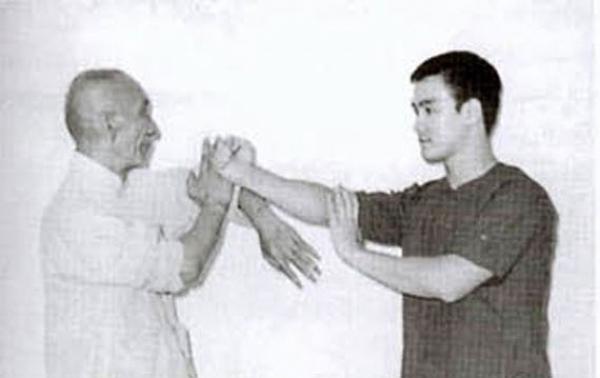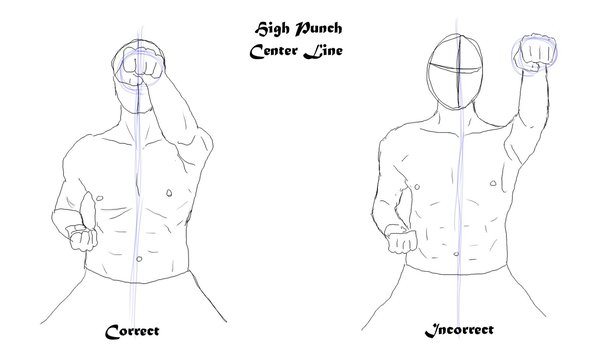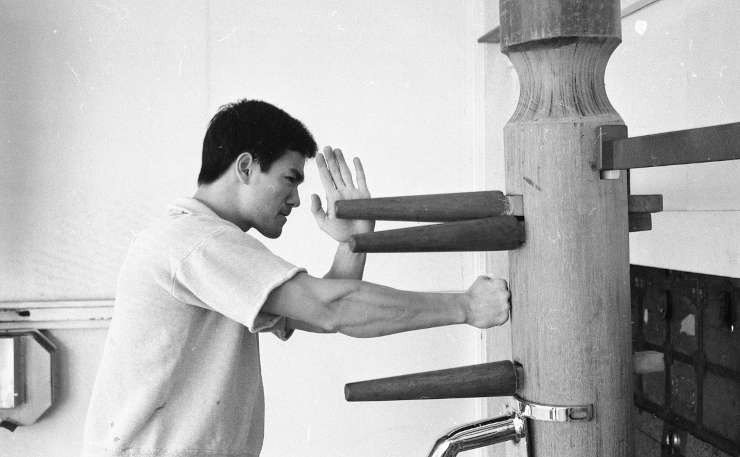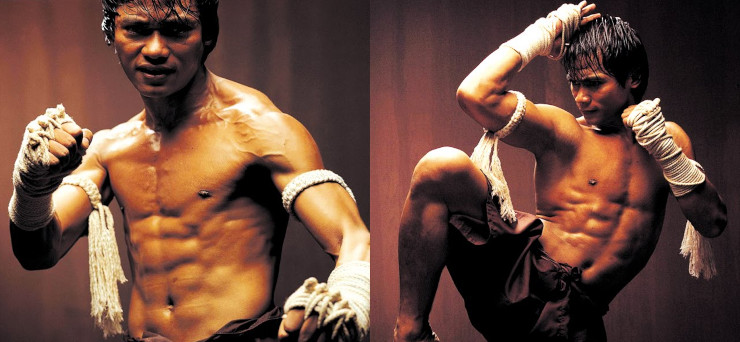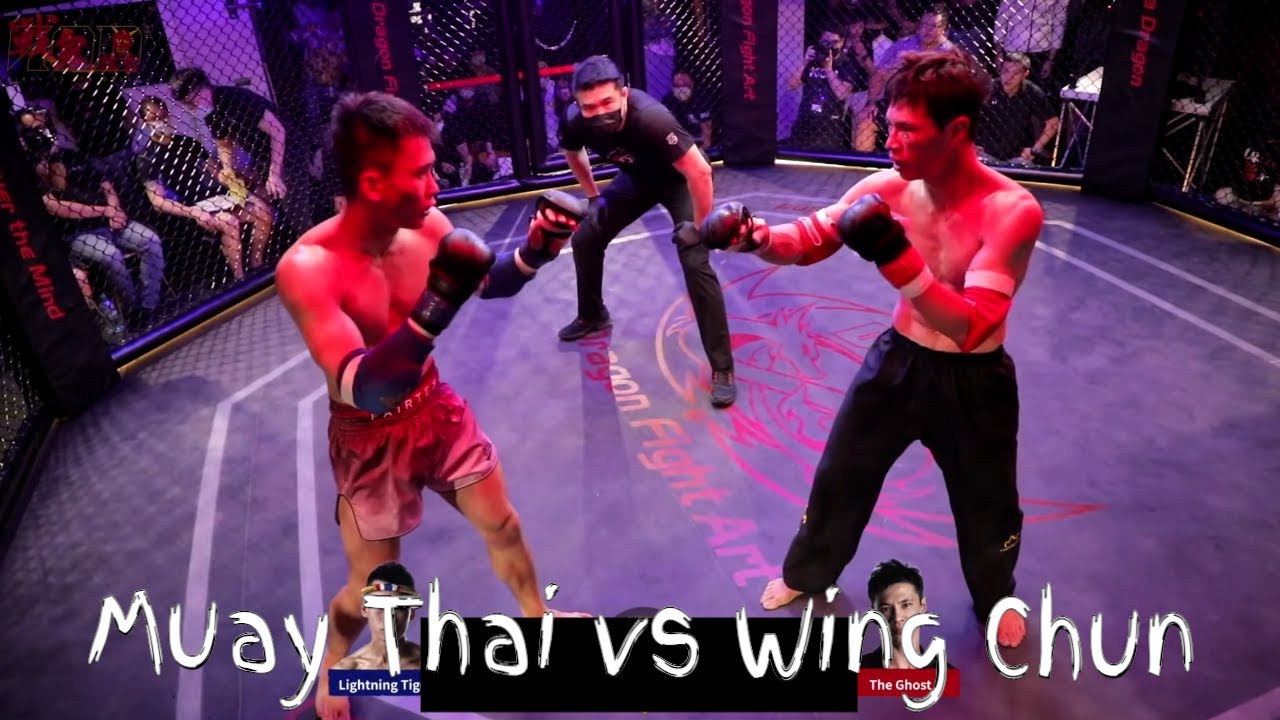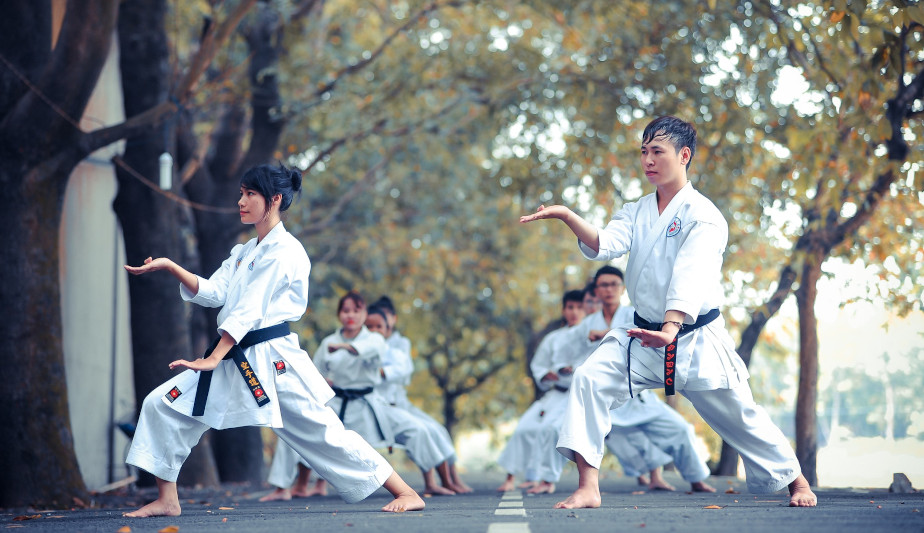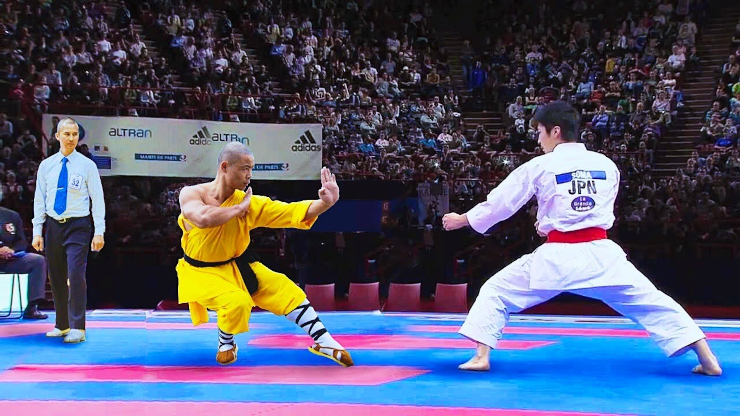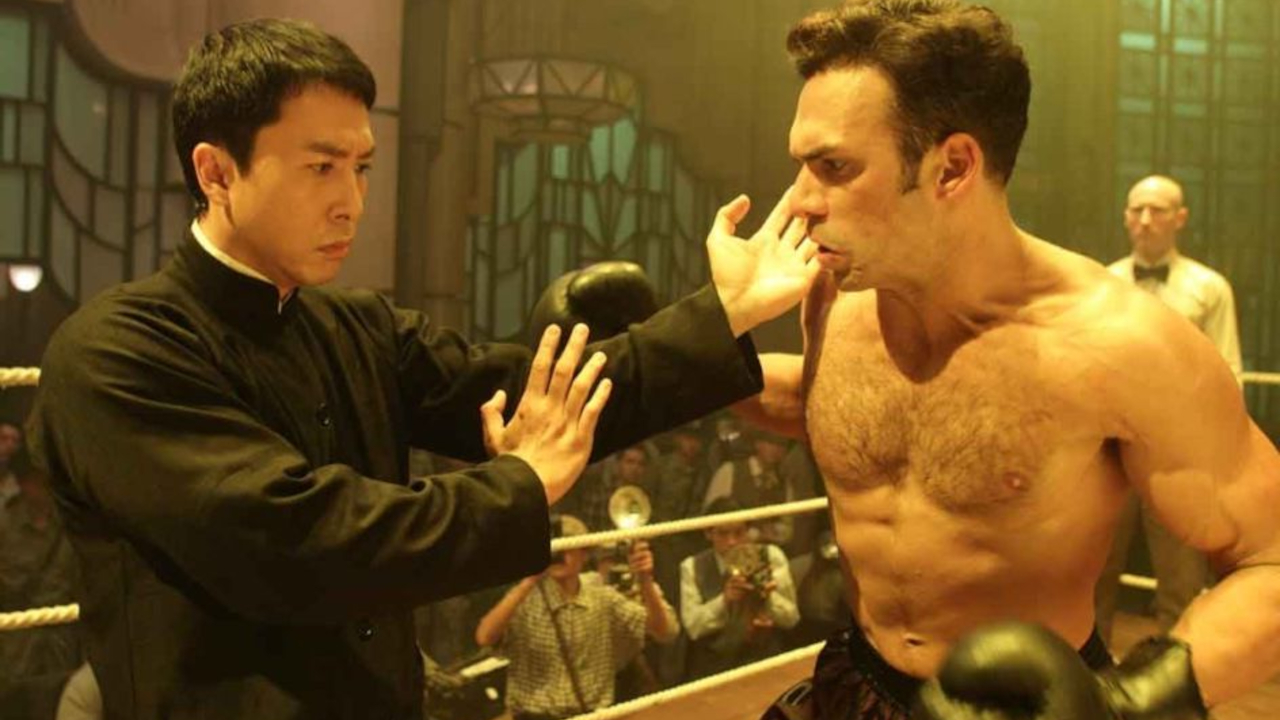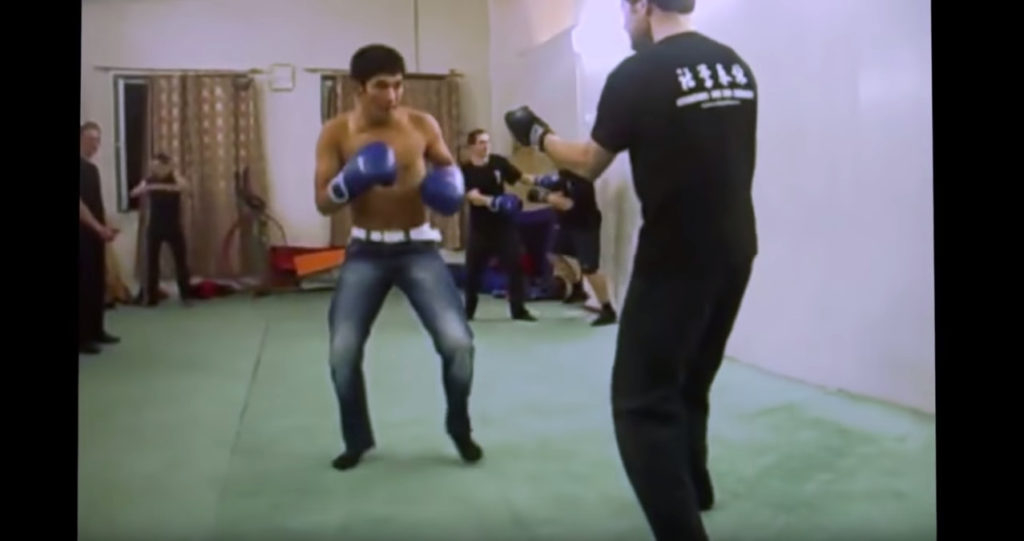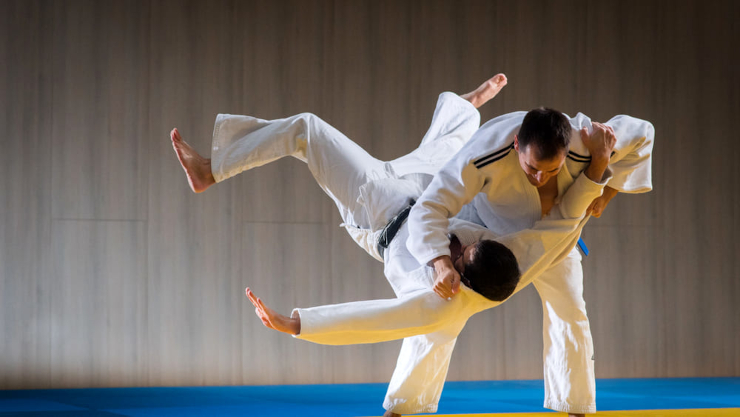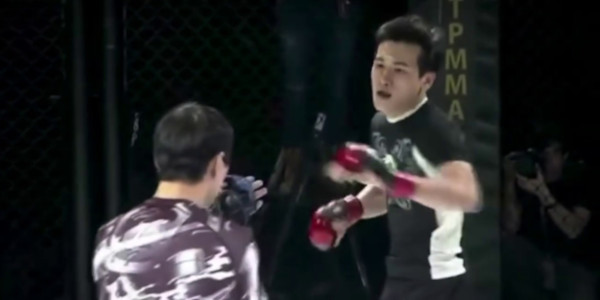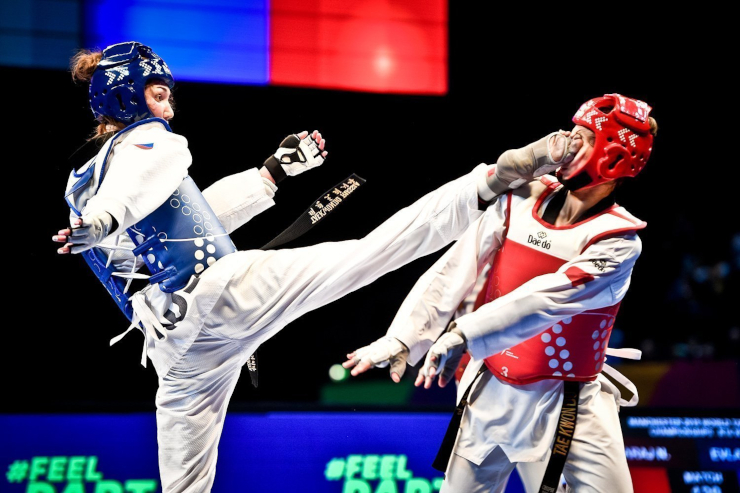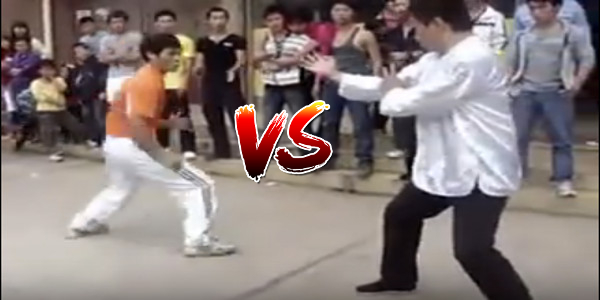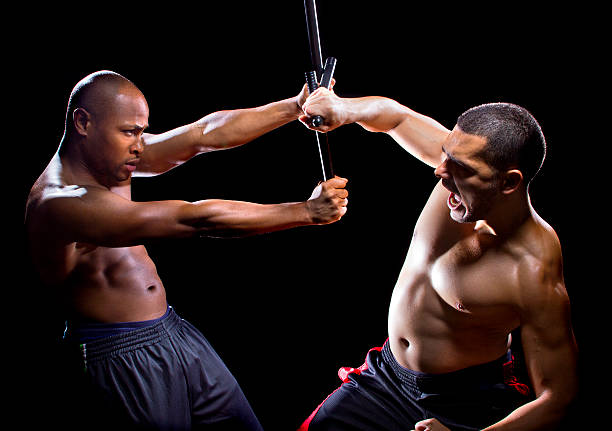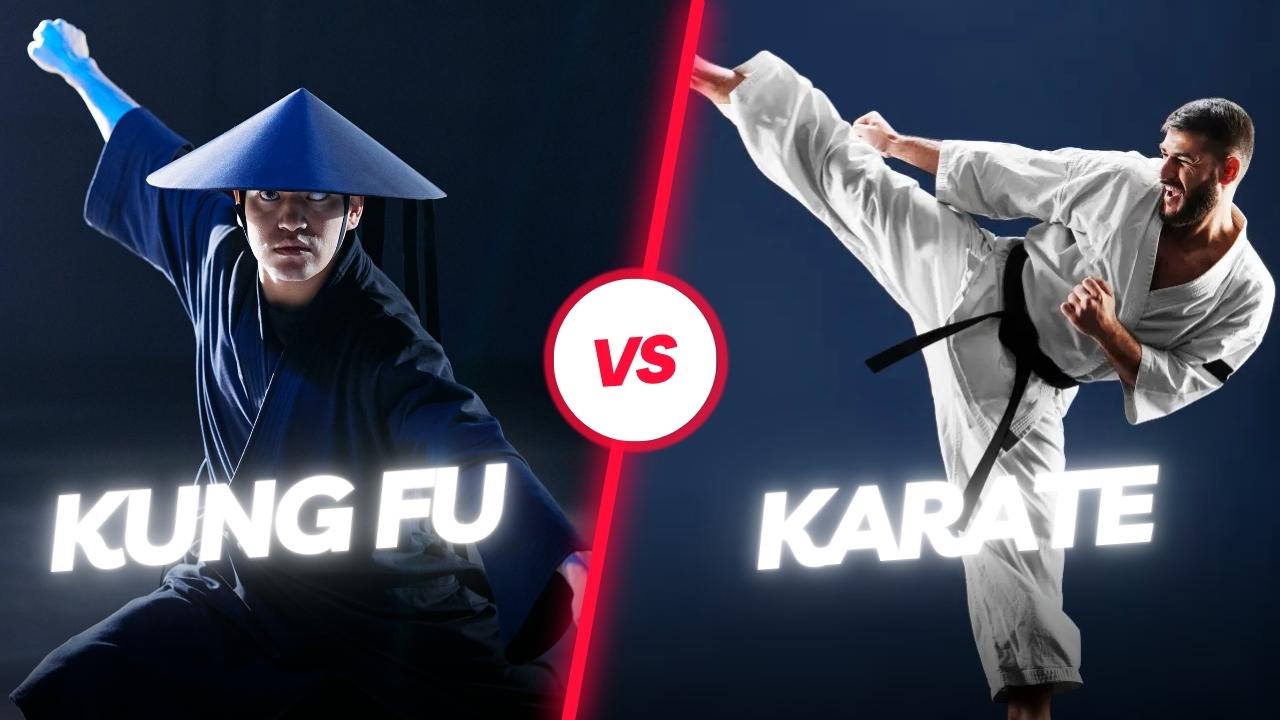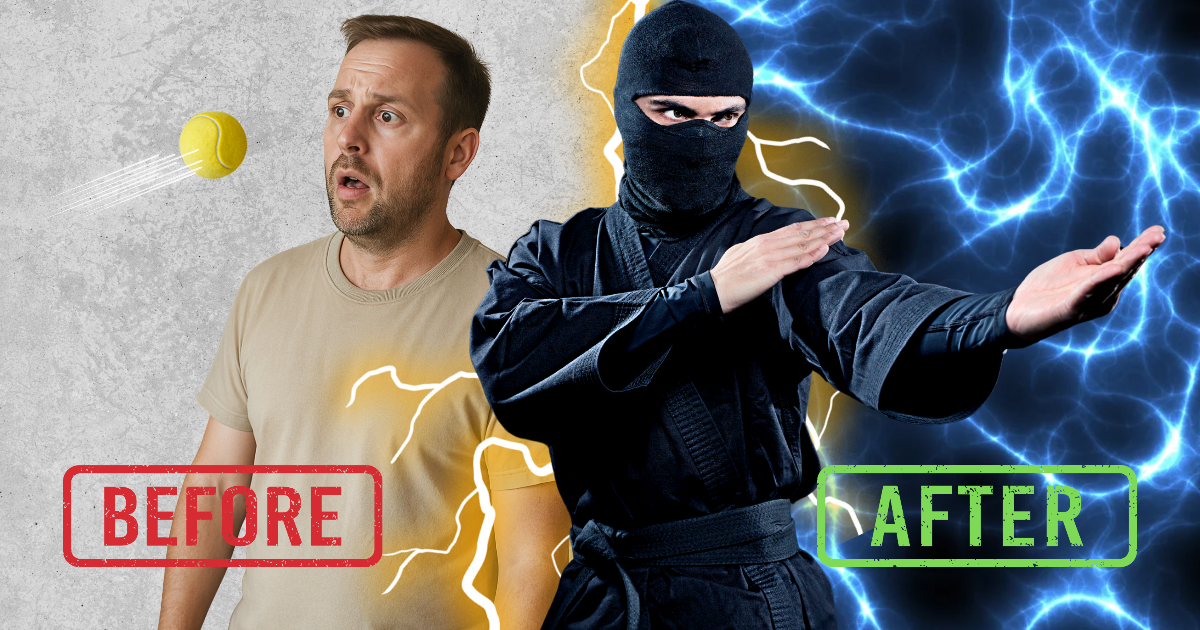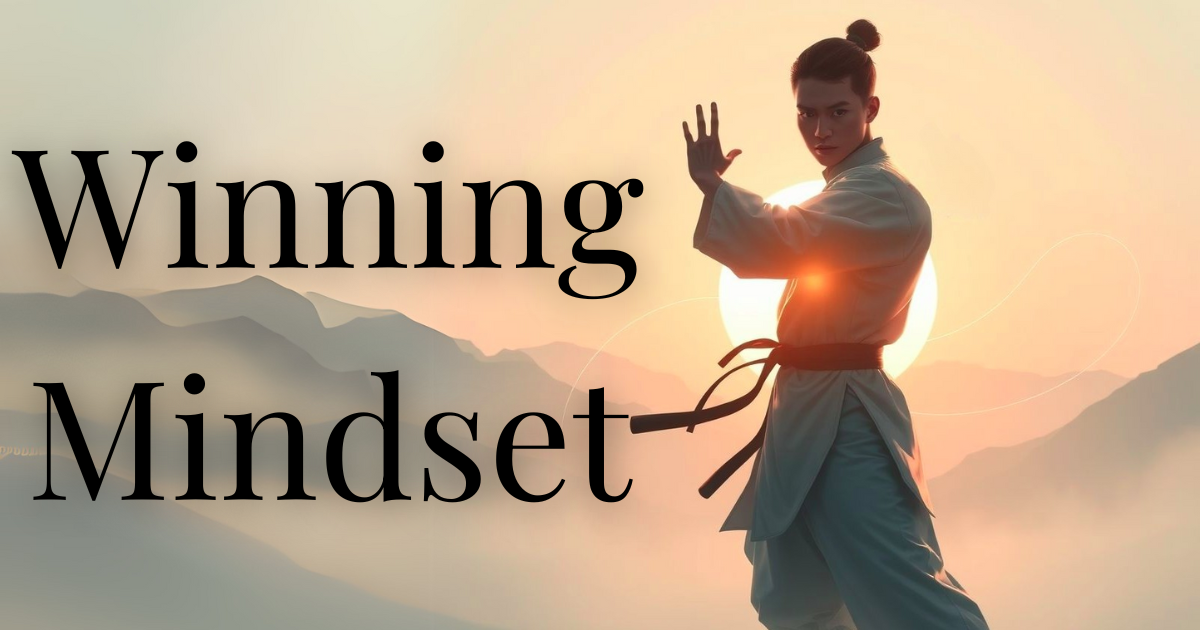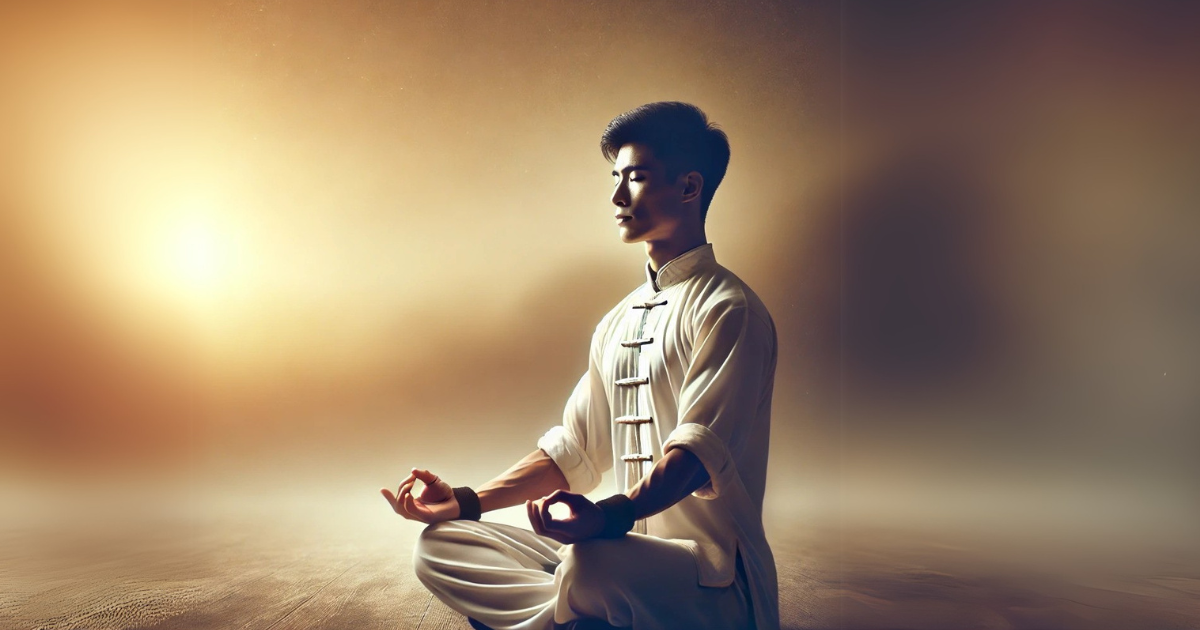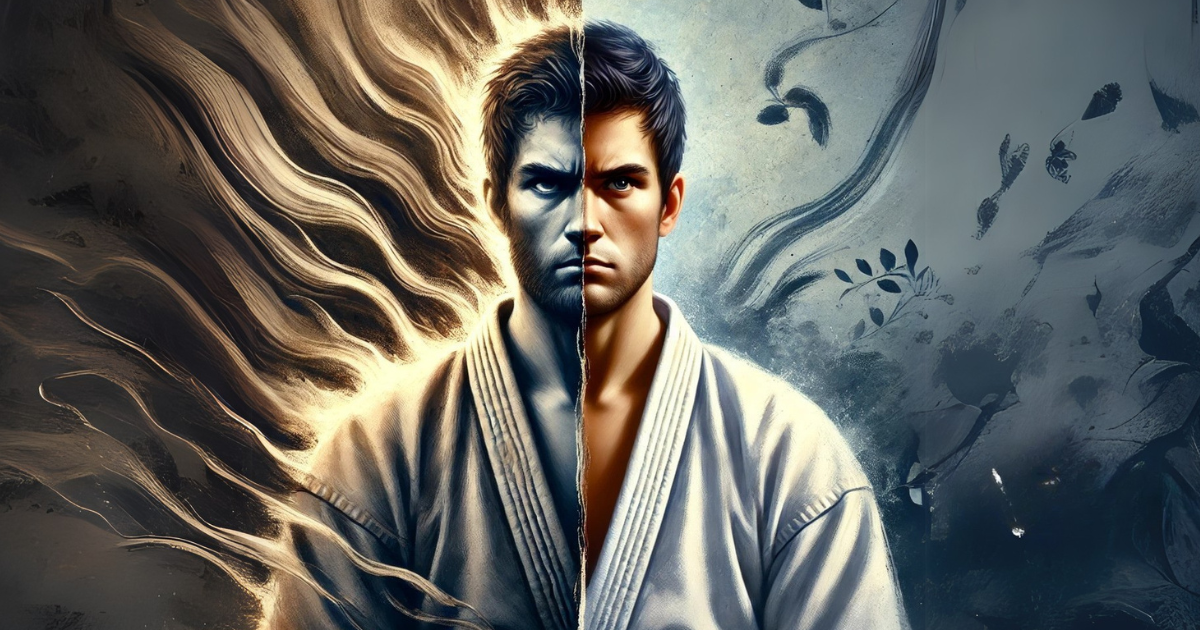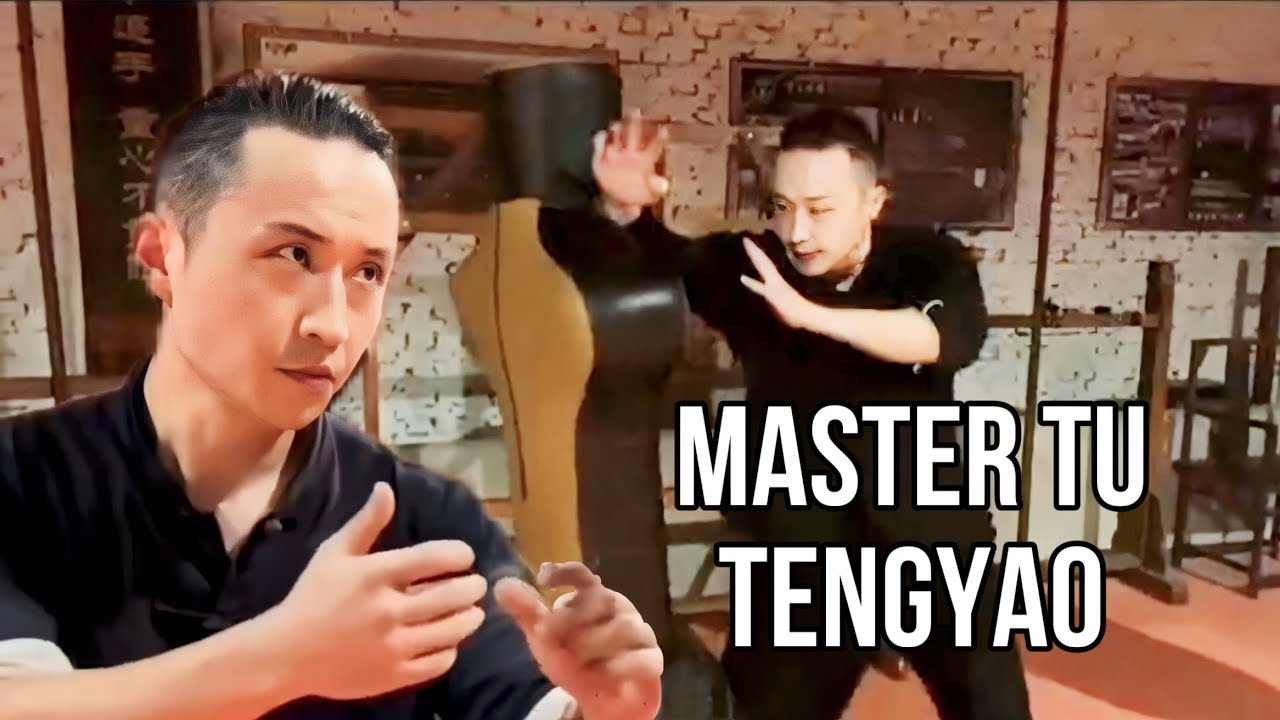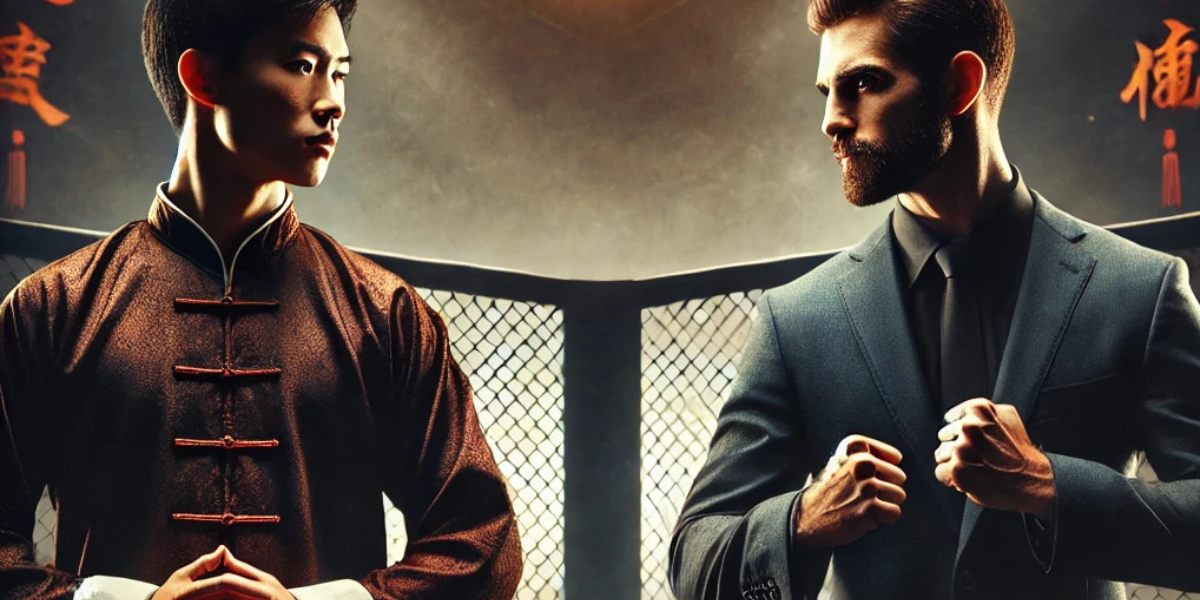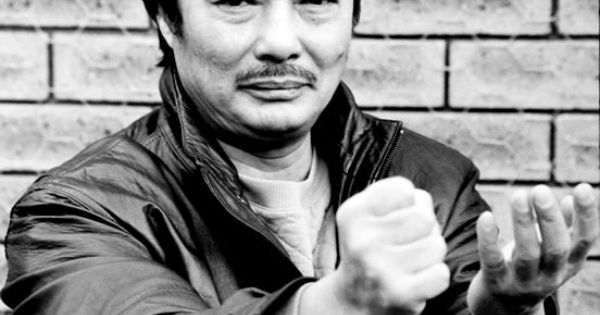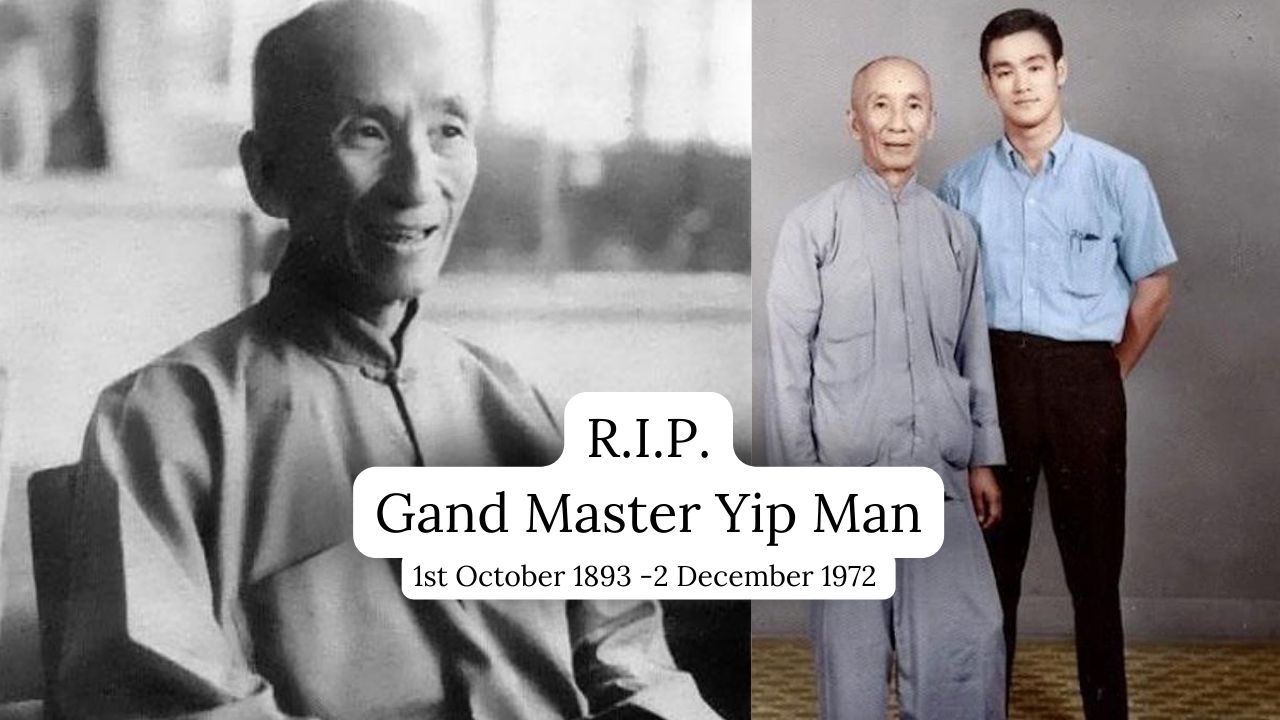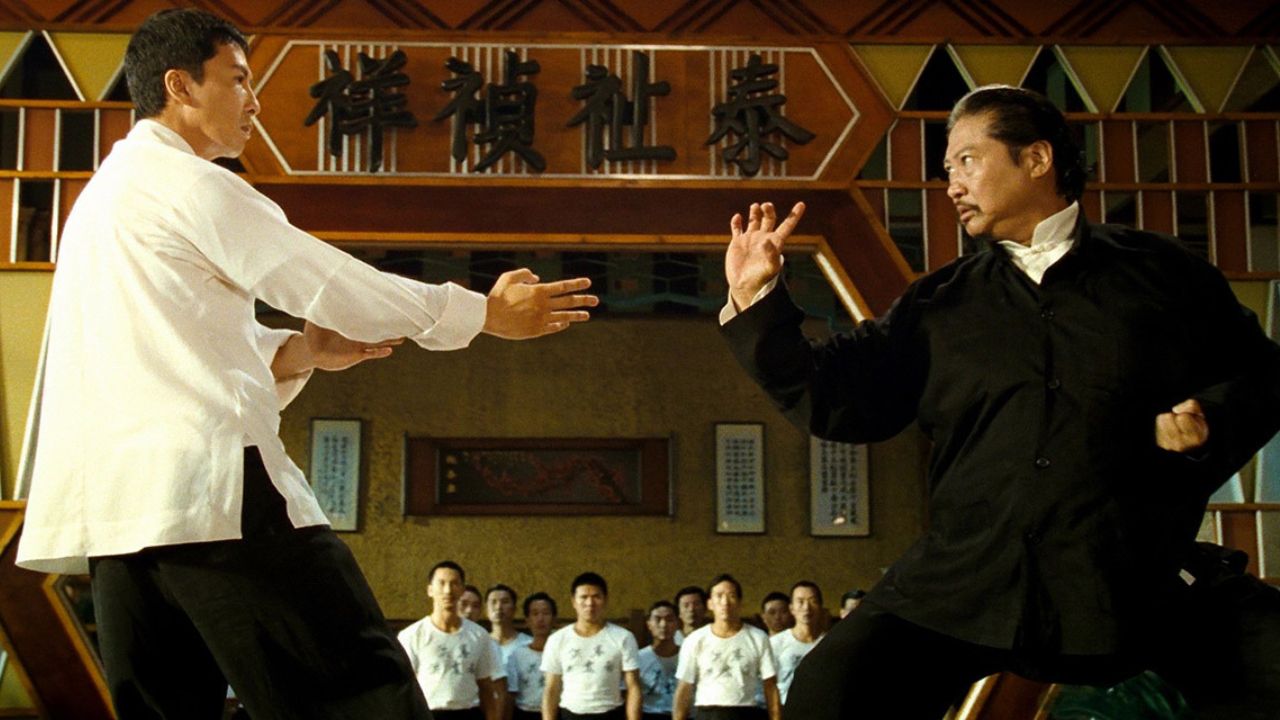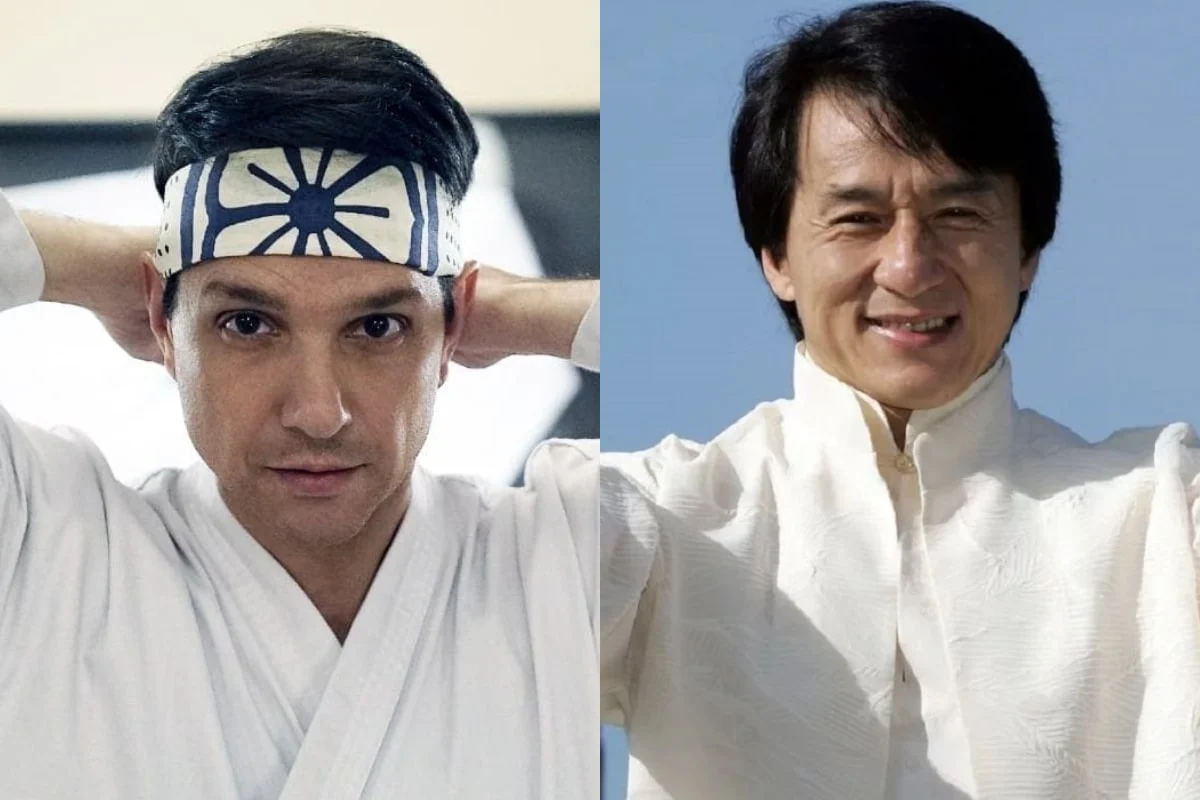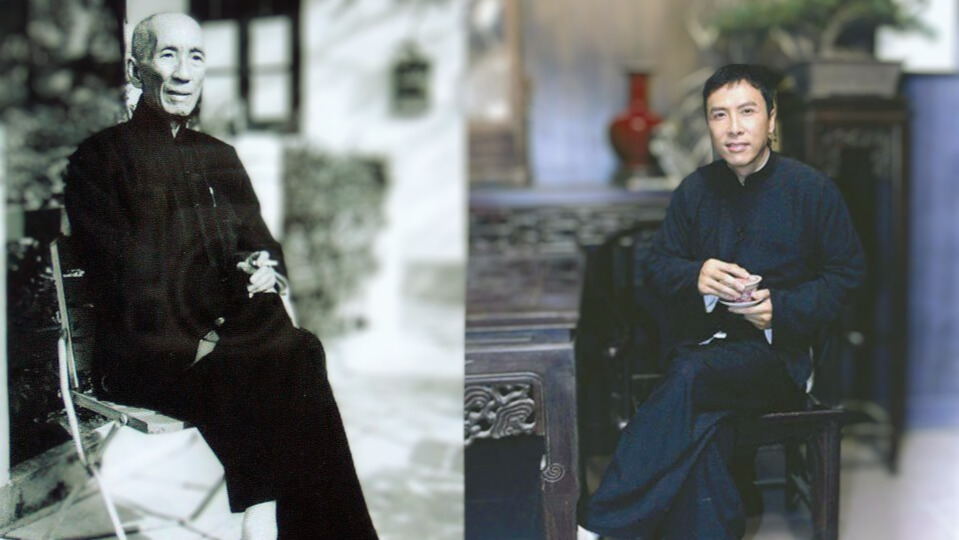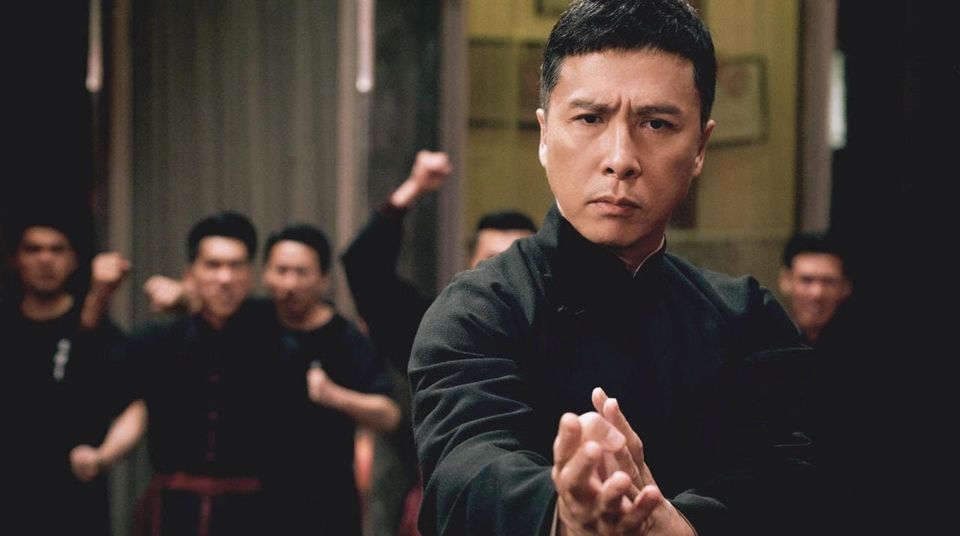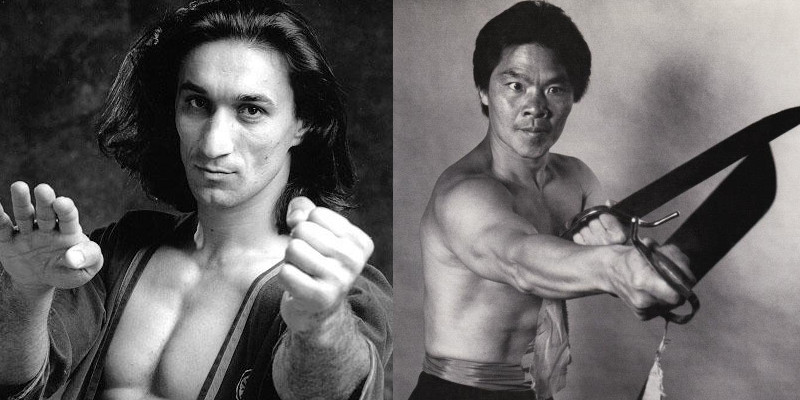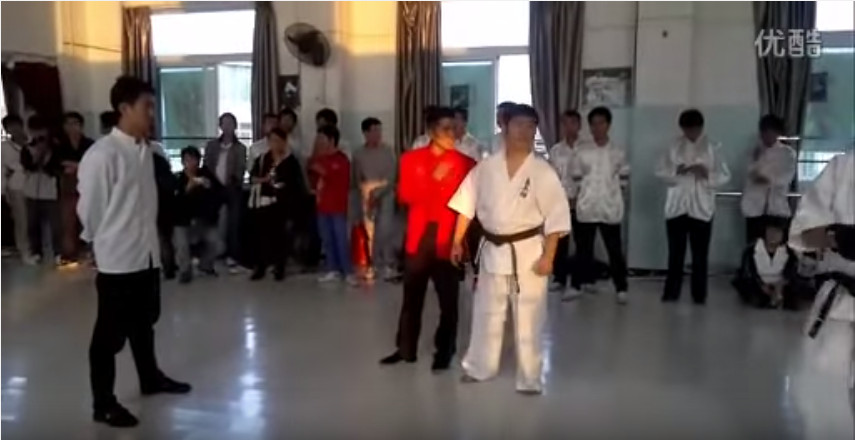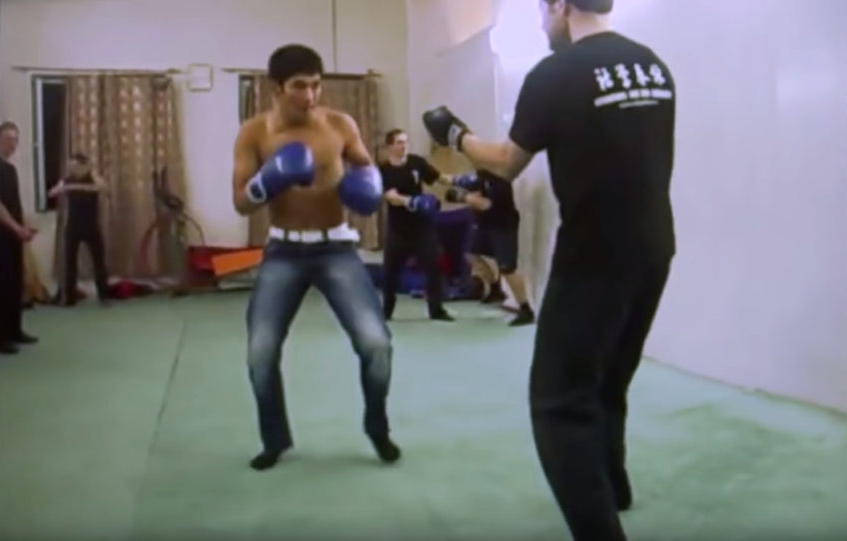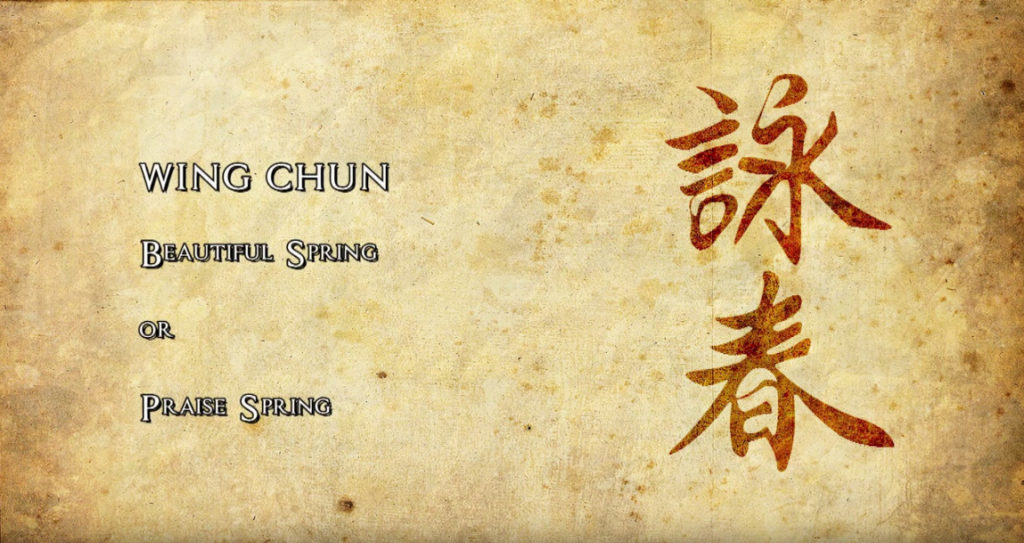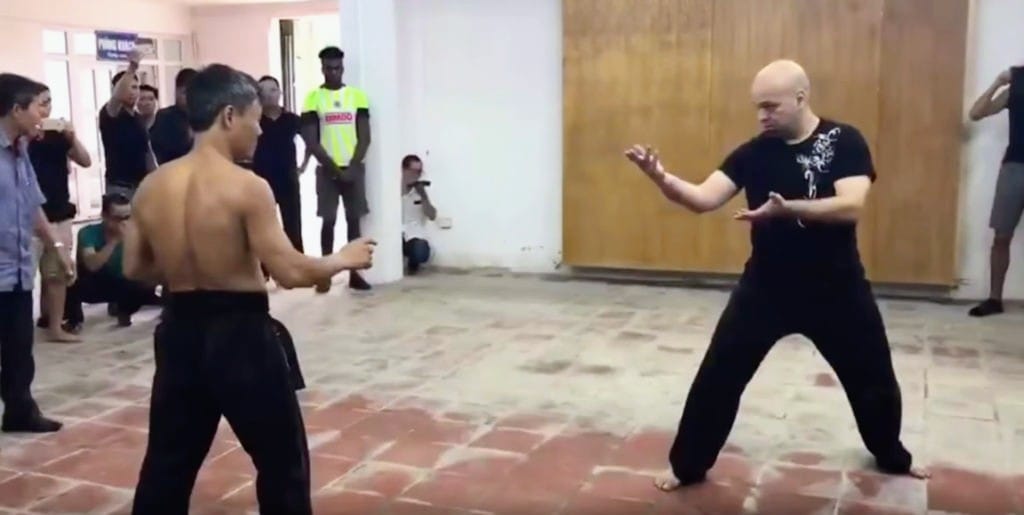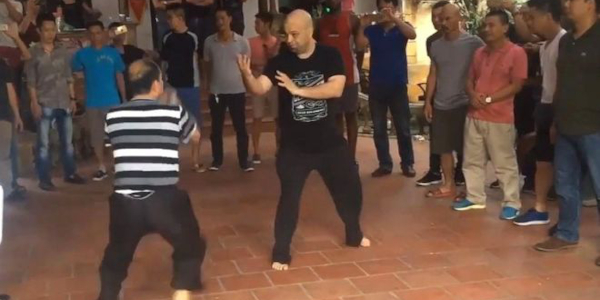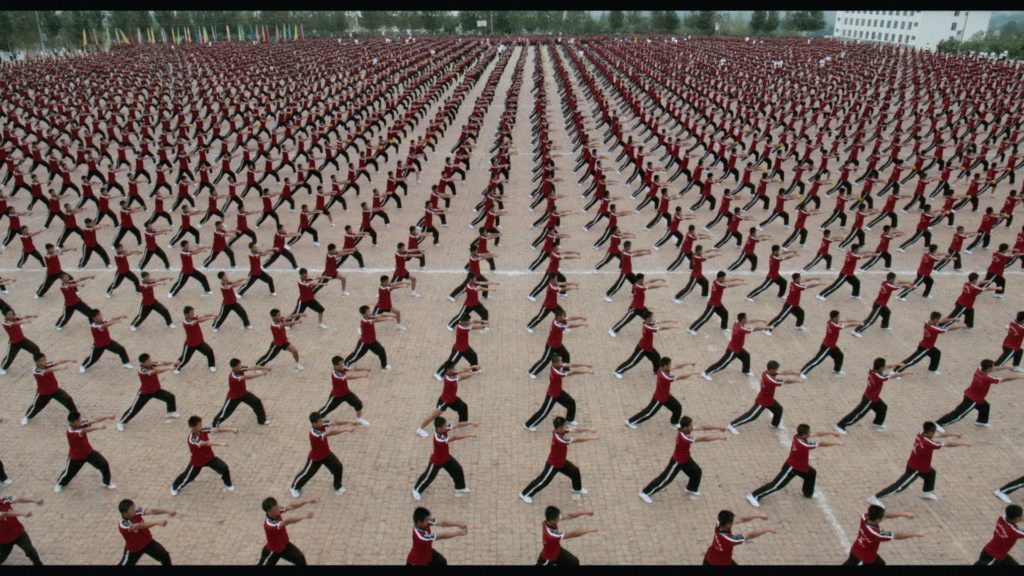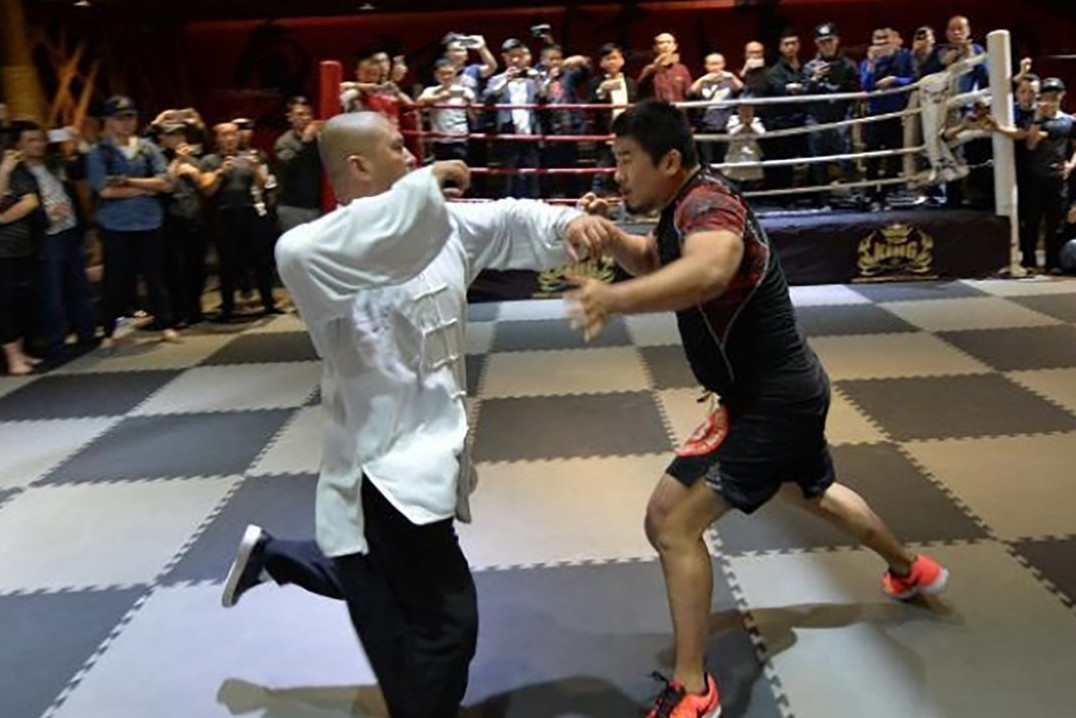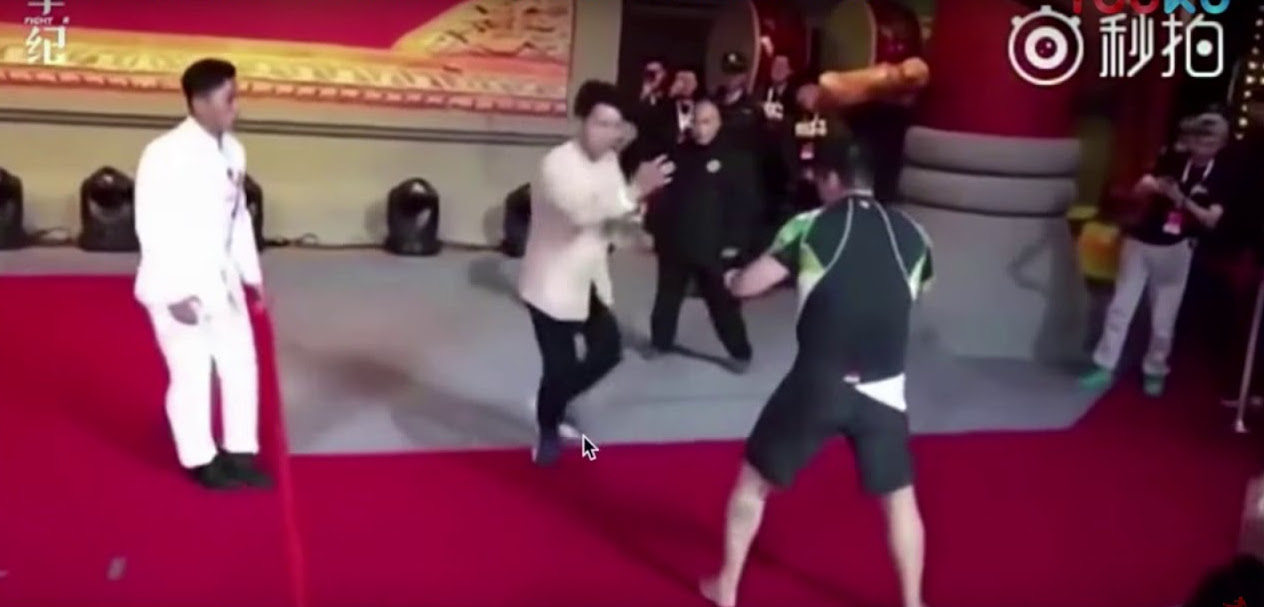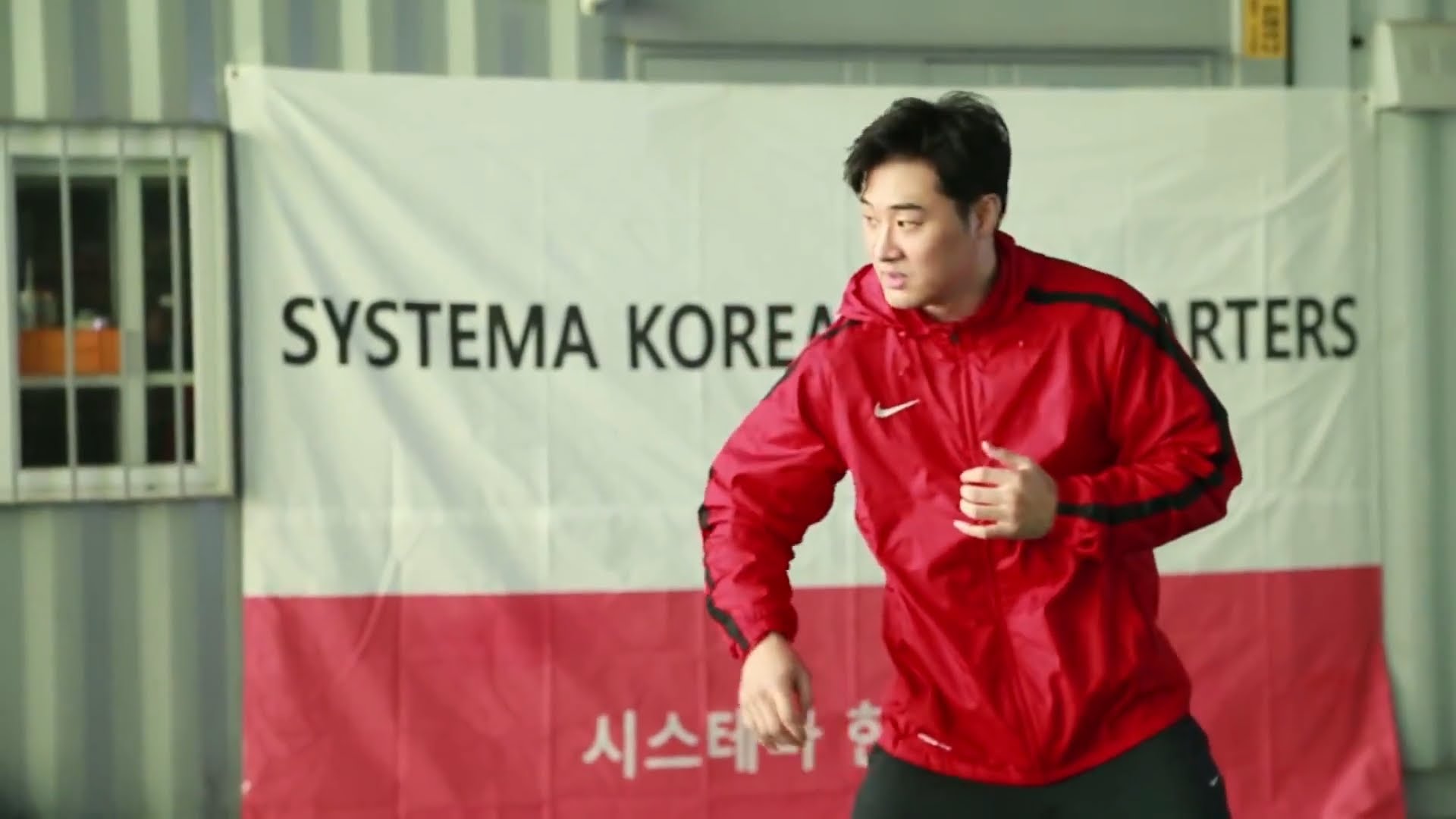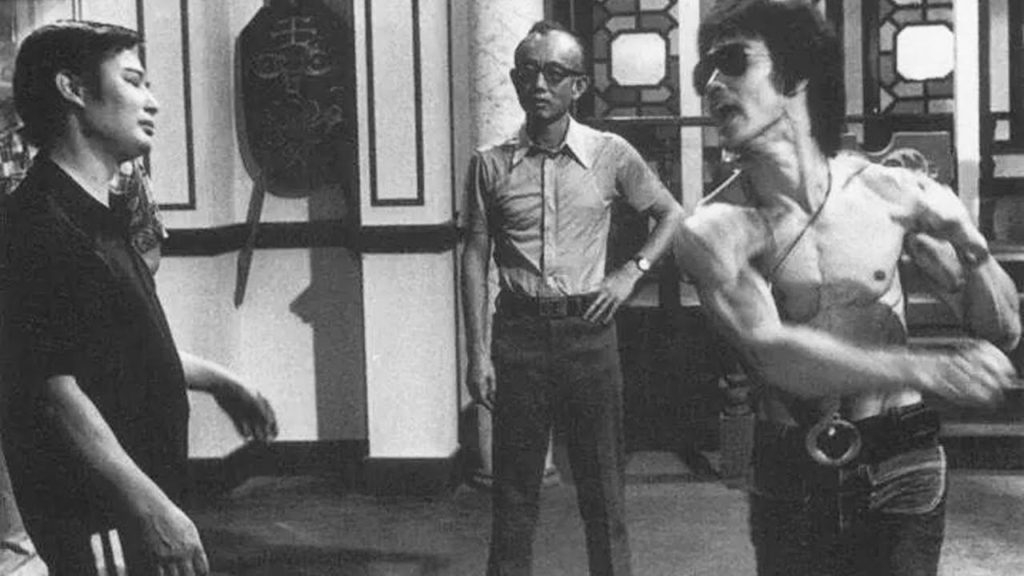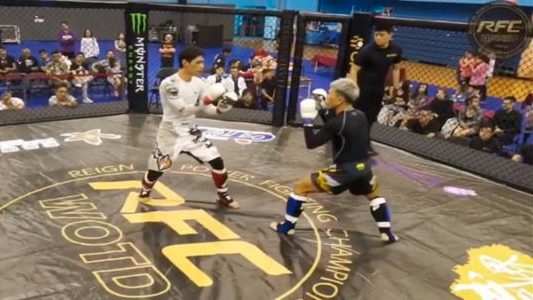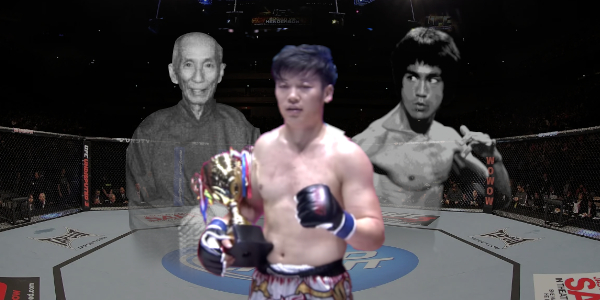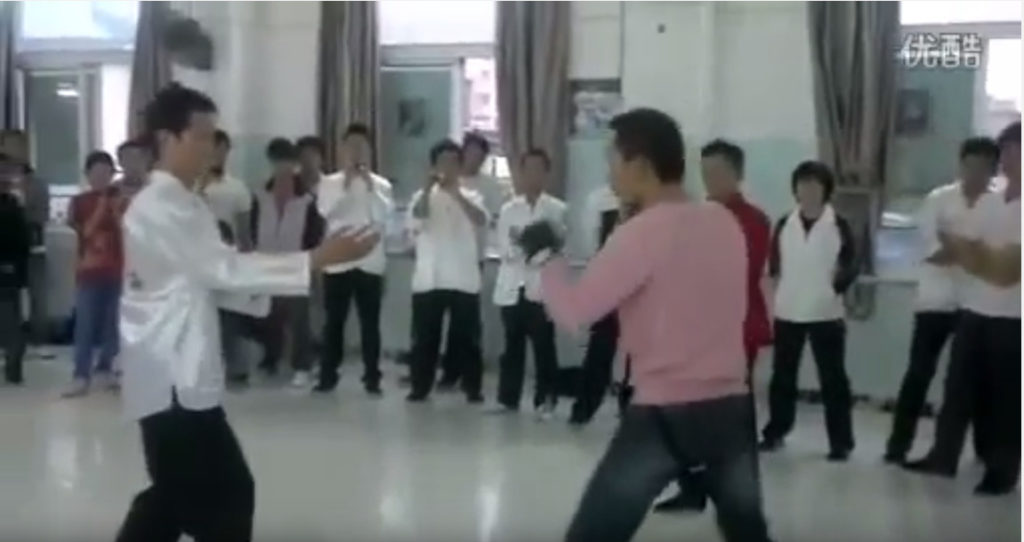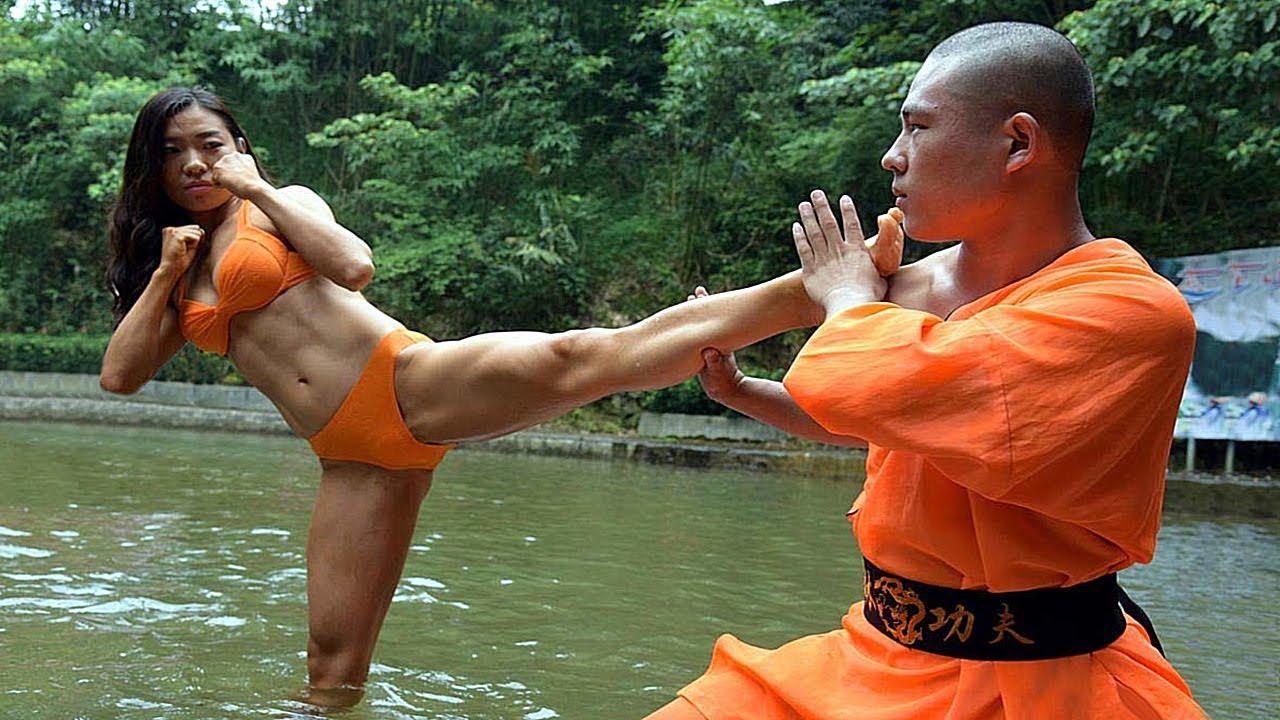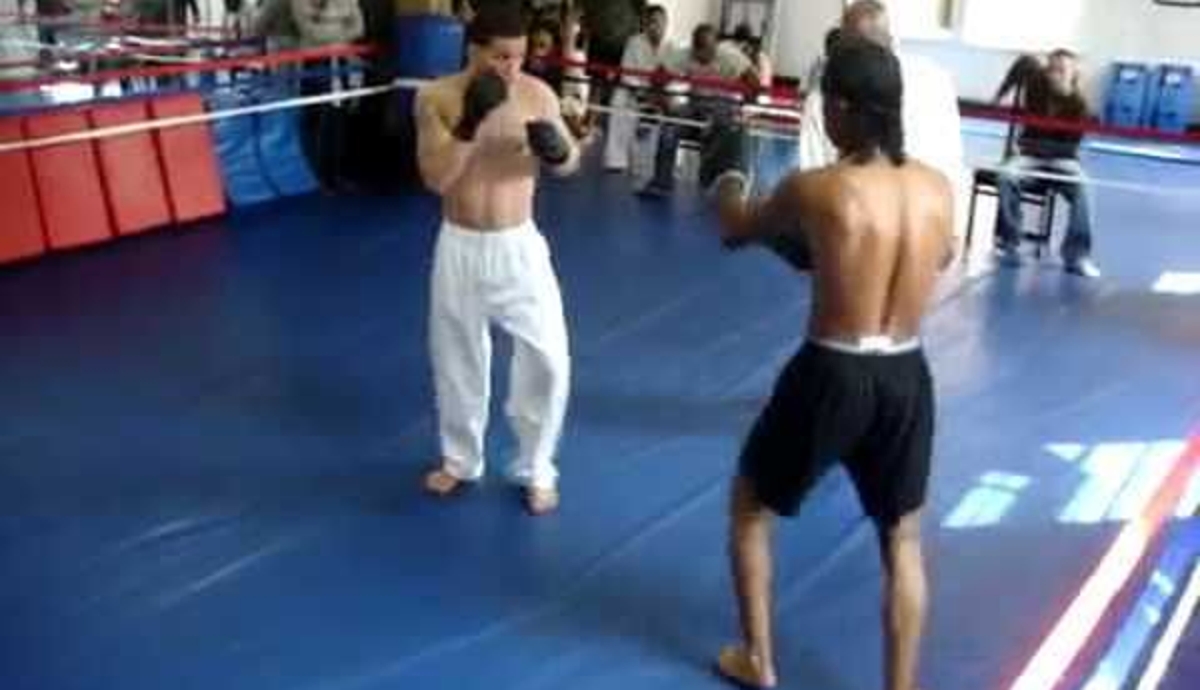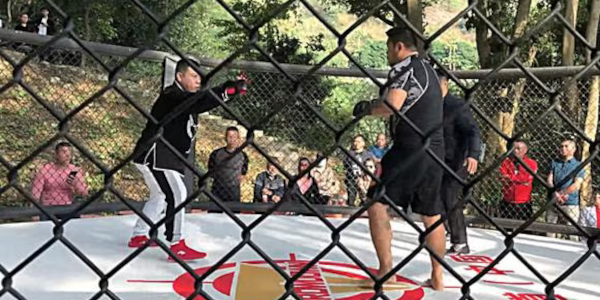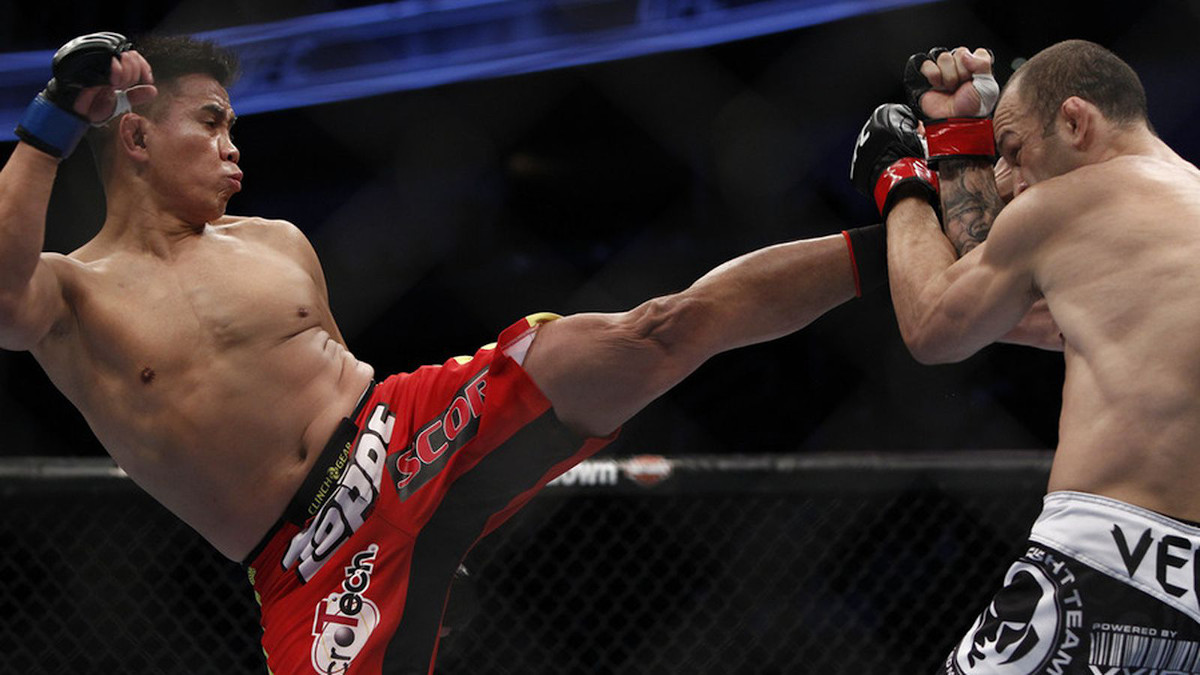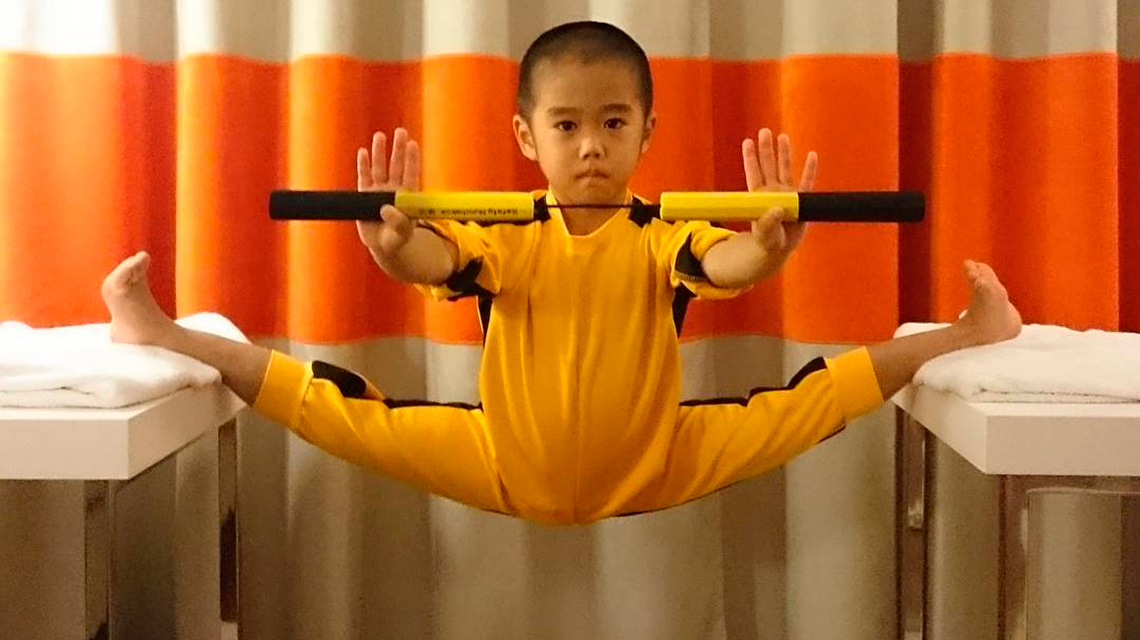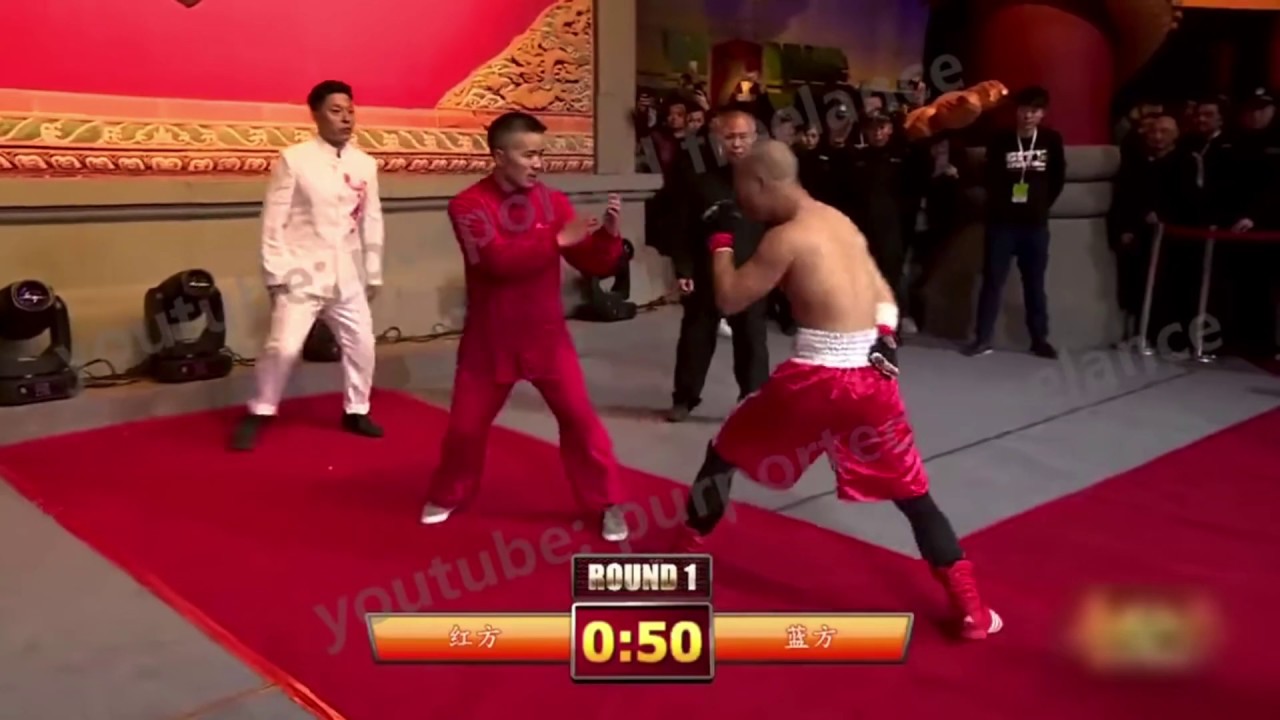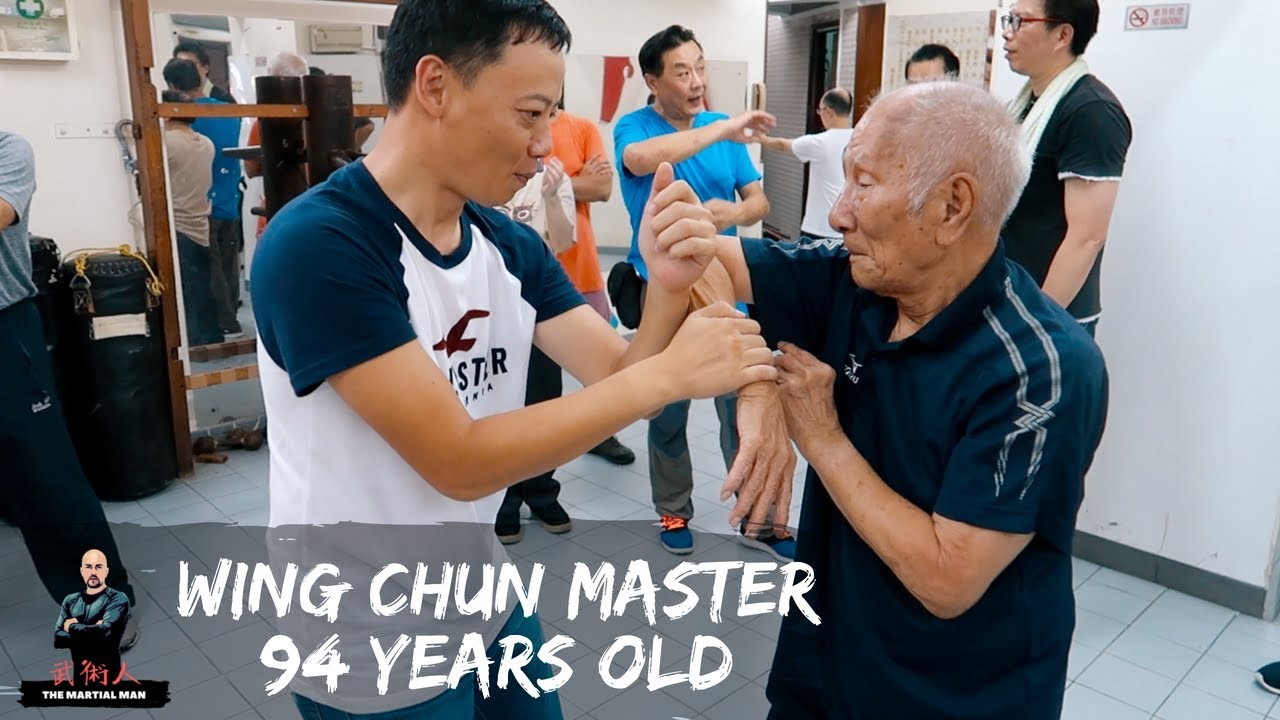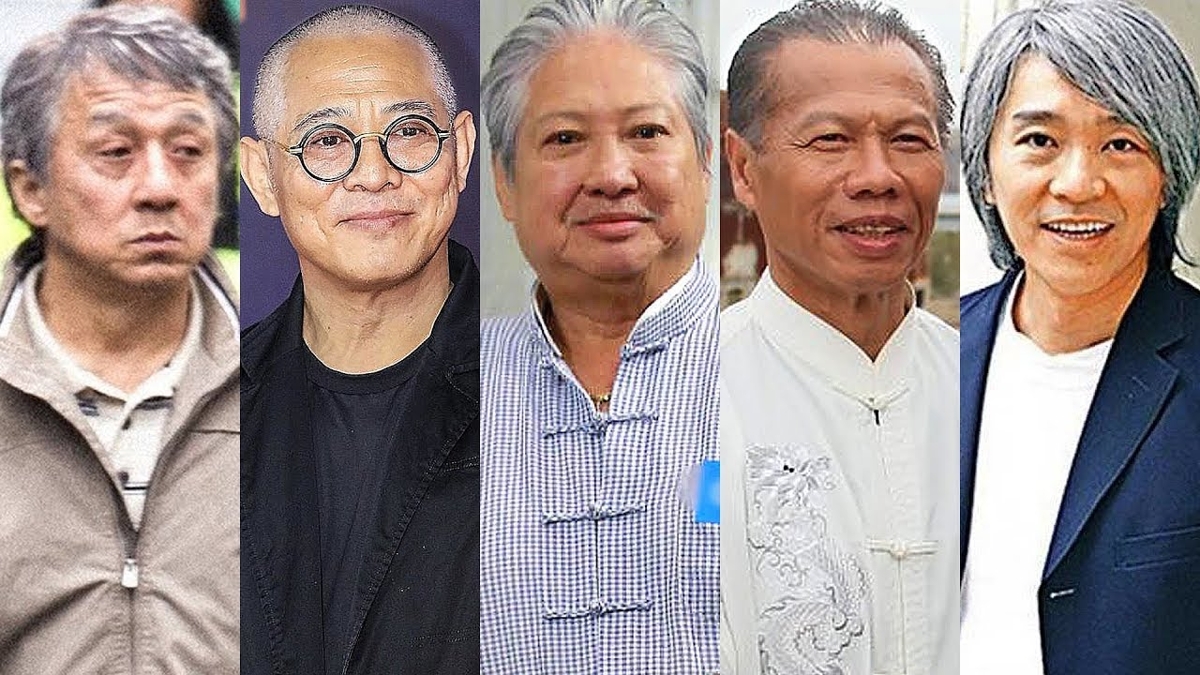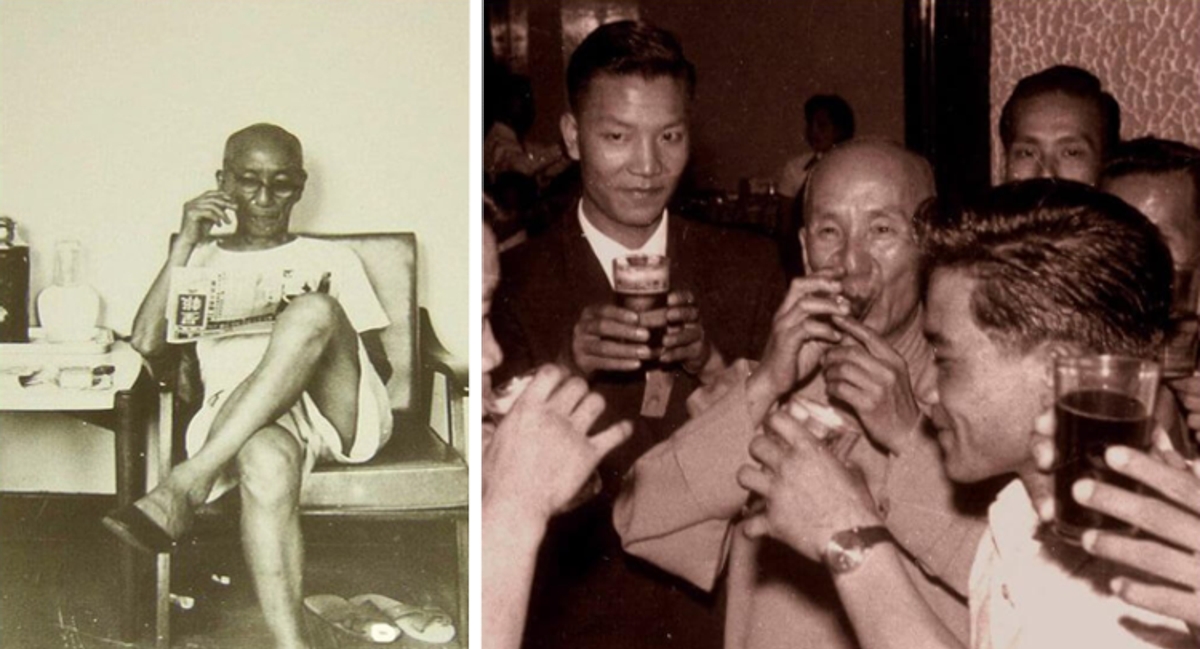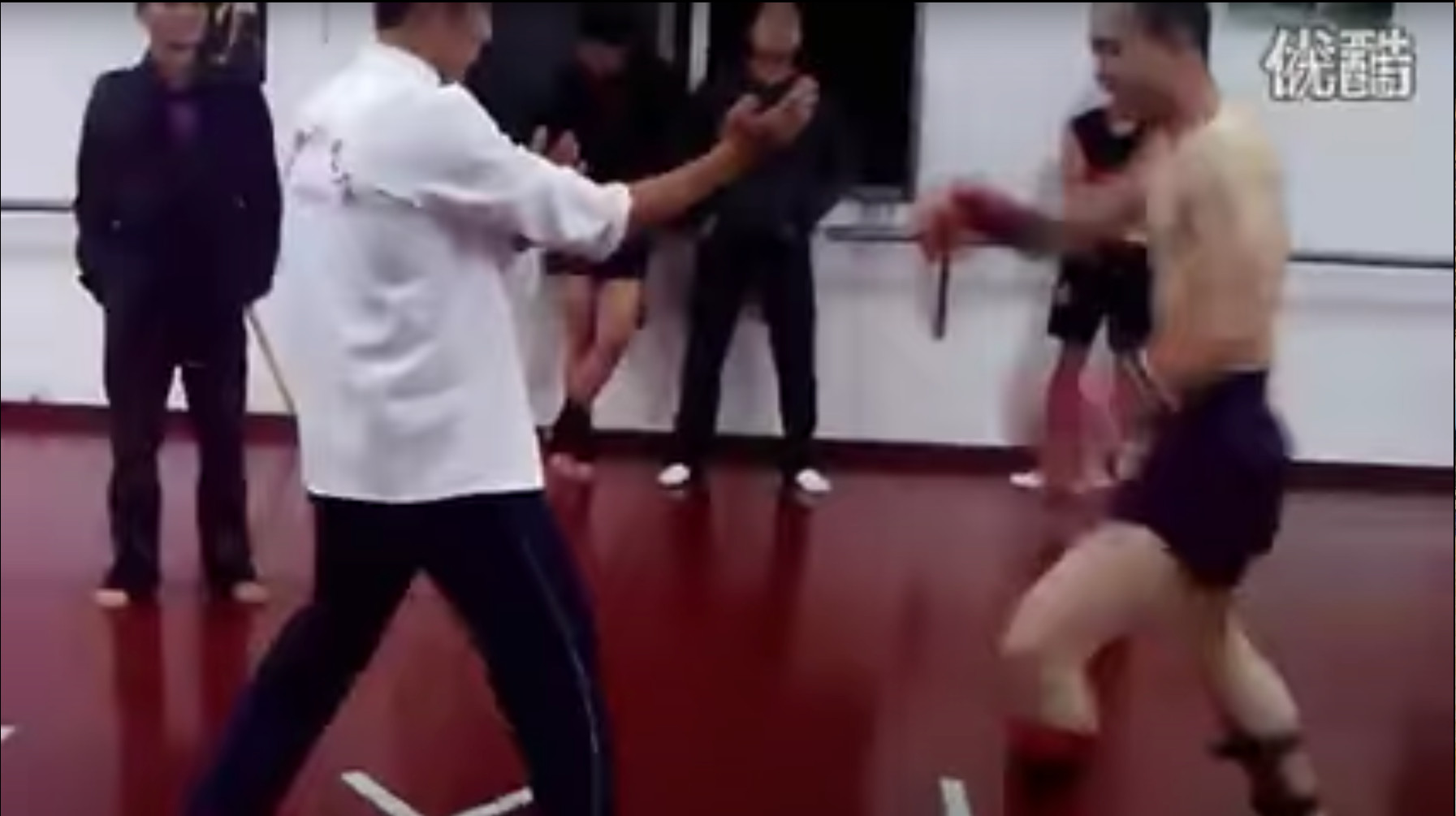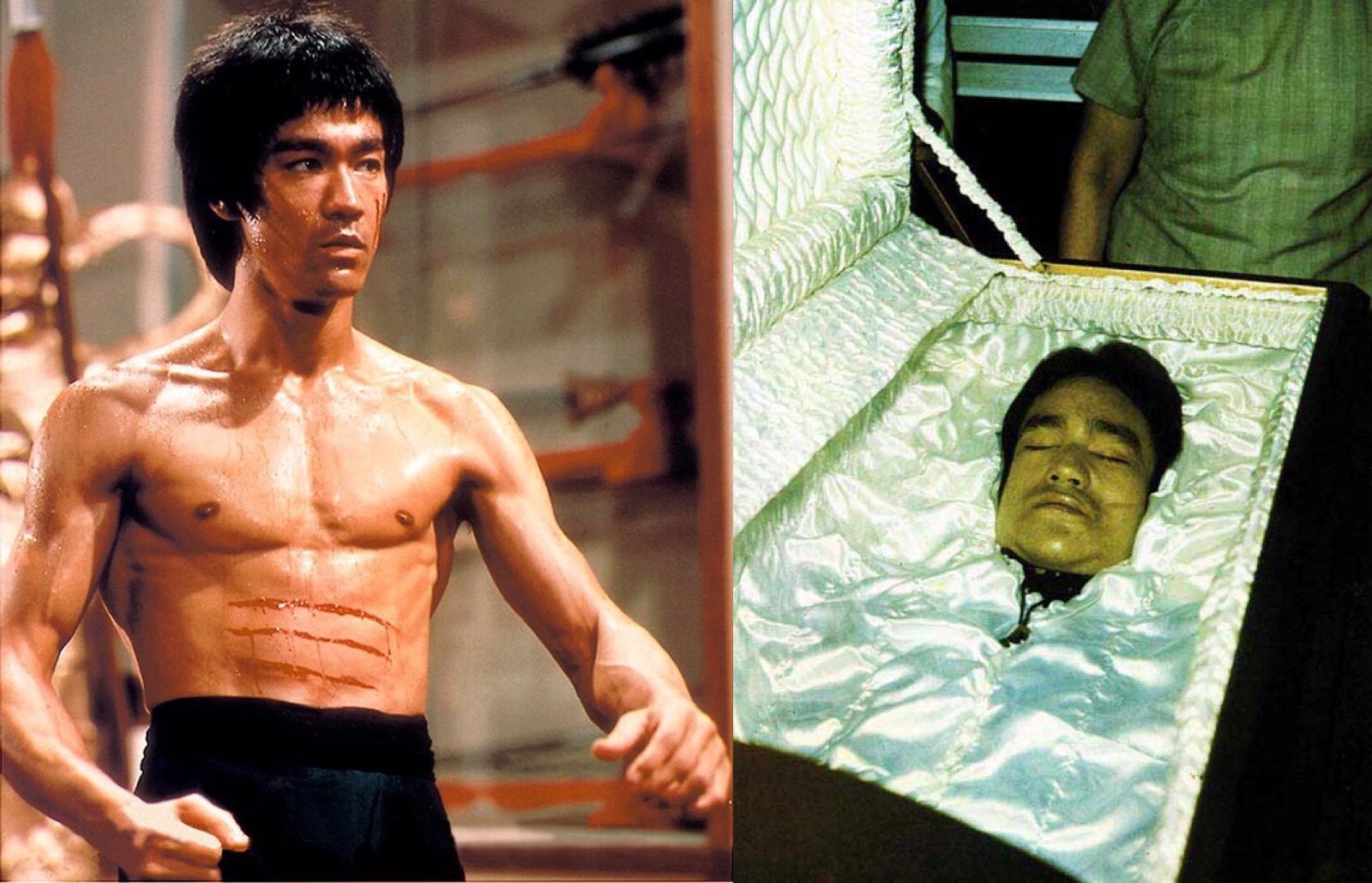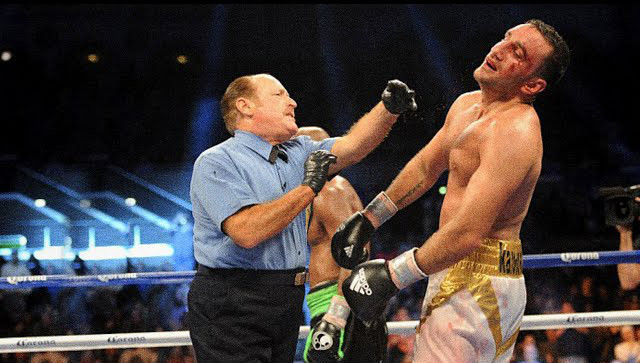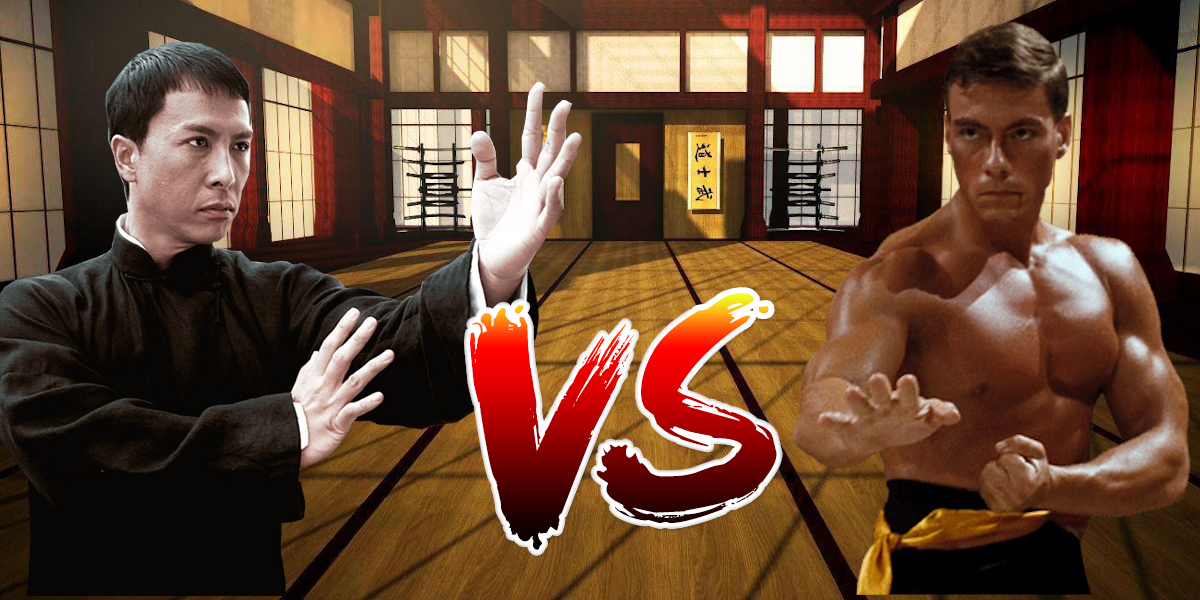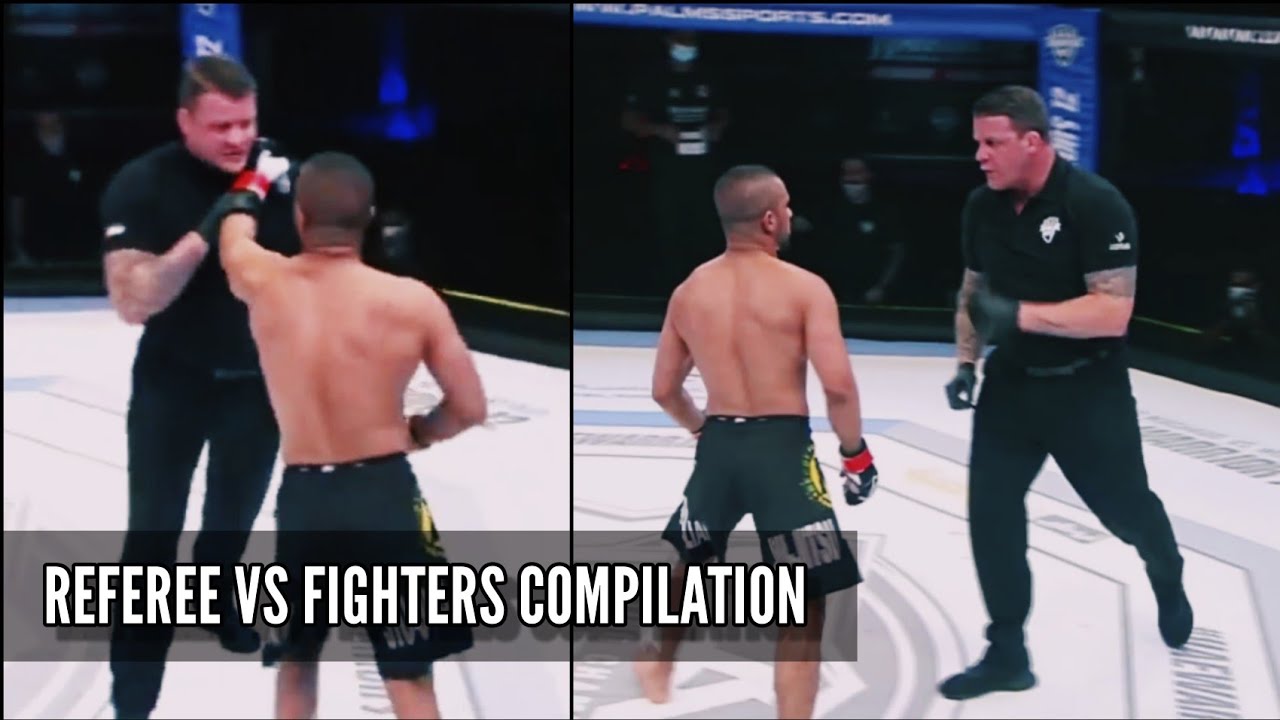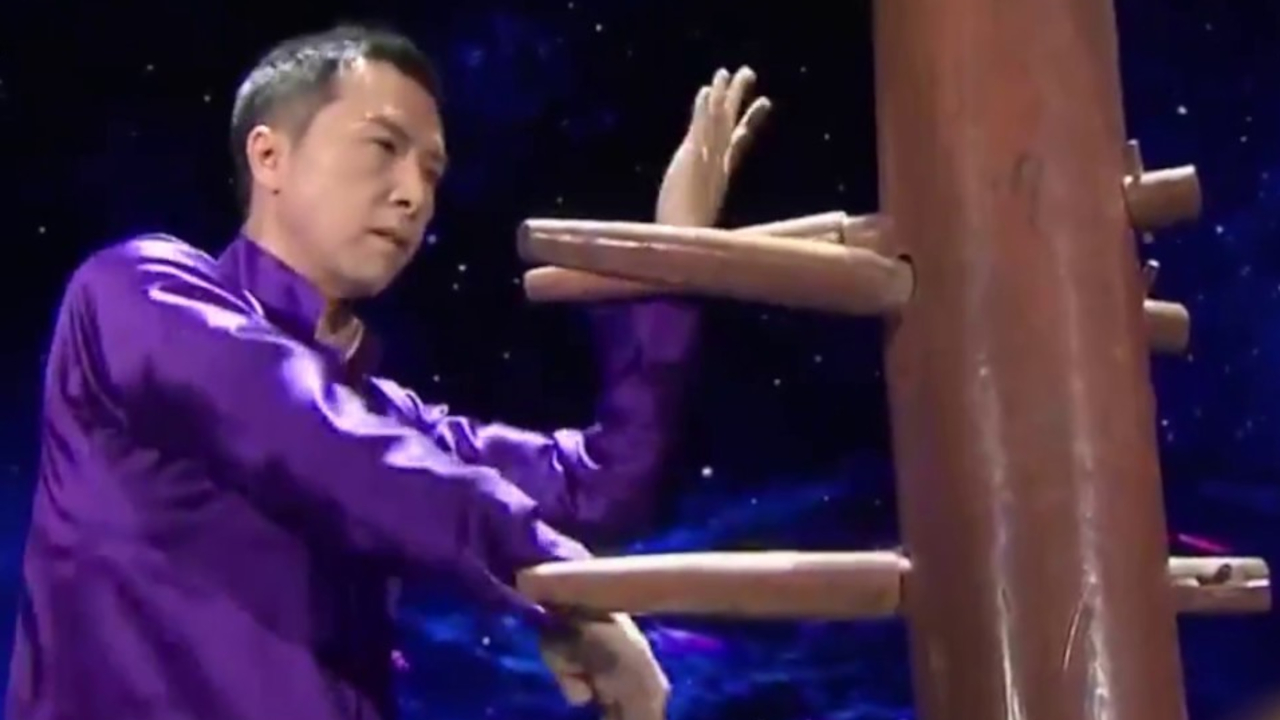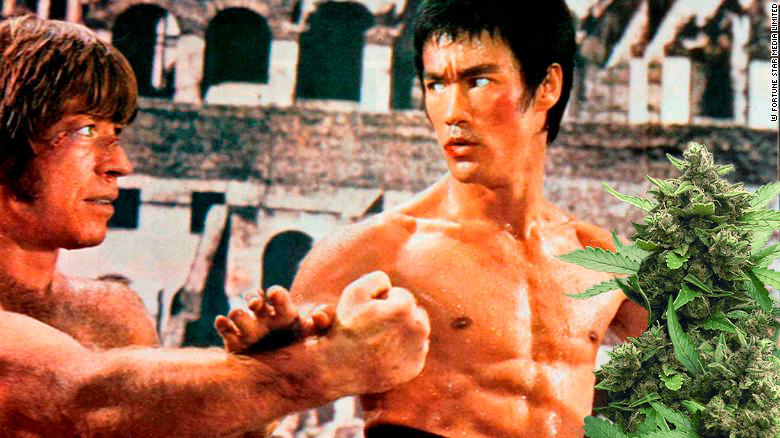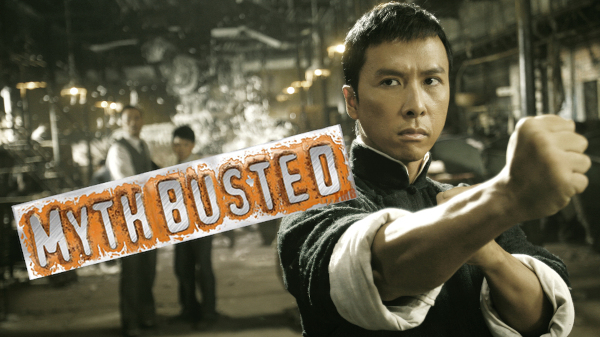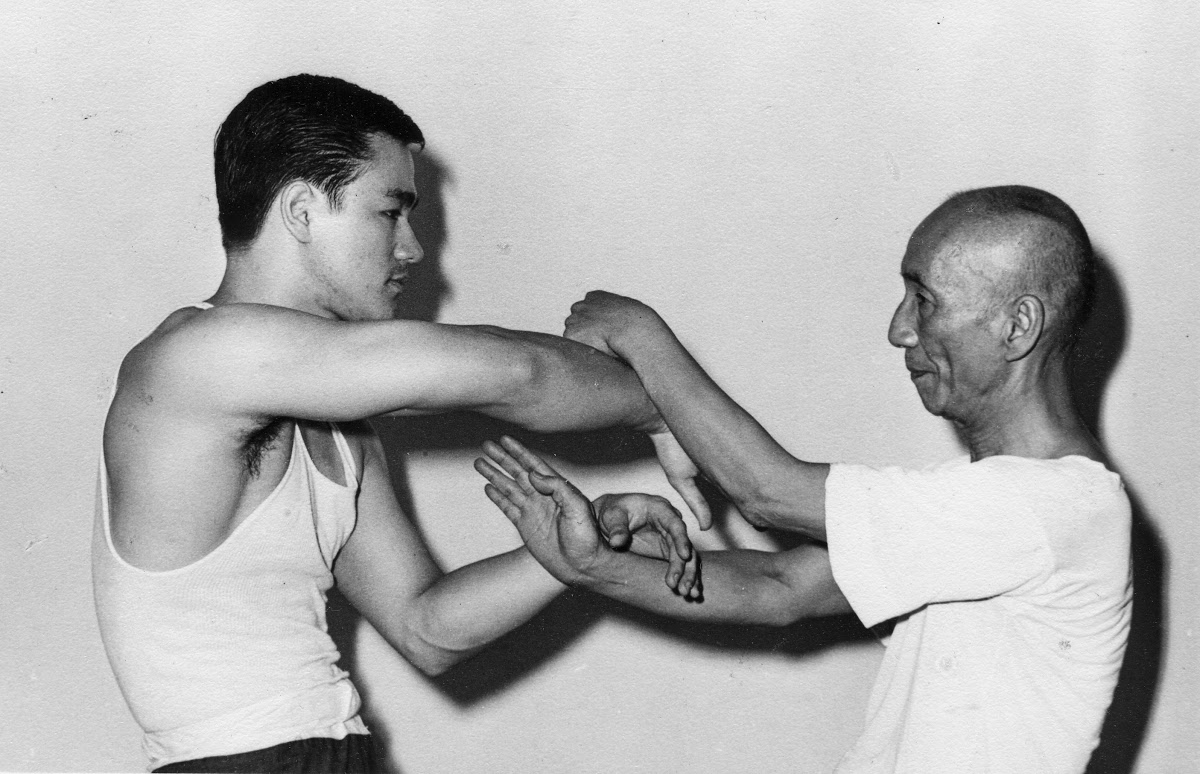Wing Chun vs. Other Martial Arts: Which is the Best?
Reading time: 20 minutes
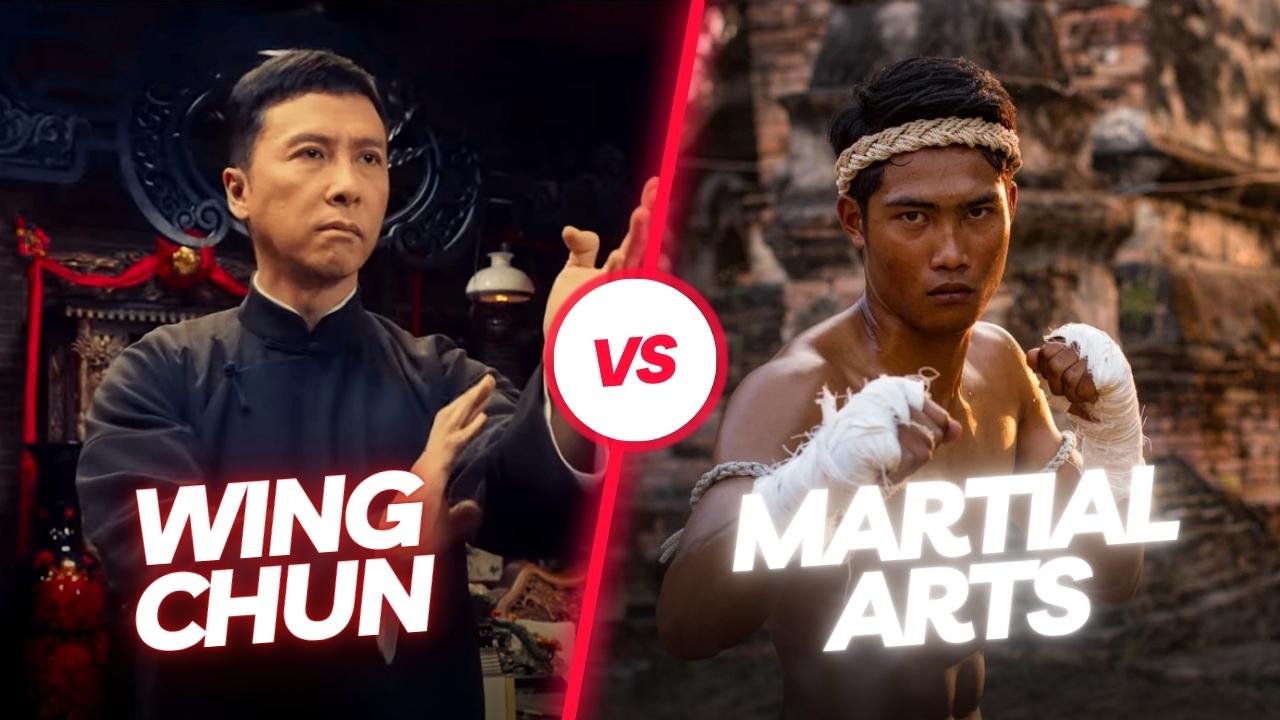
Wing Chun is a martial art that has become increasingly popular in recent years due to its practicality, effectiveness, and focus on close-range combat. However, with so many different martial arts styles available, it can be challenging to determine which one is best for you. In this article, we will compare Wing Chun to other popular martial arts styles and help you decide which one may be best suited to your needs.
Wing Chun
Wing Chun is a Chinese martial art that emphasizes close-range combat, economy of motion, and practicality. It is based on the idea of attacking the opponent's blind spots and controlling the centerline, which is the imaginary line that runs down the center of the body. Wing Chun practitioners use techniques such as trapping, strikes, and footwork to overcome their opponents. One of the most significant advantages of Wing Chun is that it is effective in real-world self-defense situations due to its focus on practicality.
Wing Chun is a unique style of kung fu that differs from many other styles in several ways. While most traditional kung fu styles incorporate a broad range of techniques and movements, Wing Chun focuses on a few key principles and techniques that are designed to be effective in close-range combat situations.
One significant difference between Wing Chun and other styles of kung fu is the emphasis on centerline theory. Wing Chun practitioners believe in maintaining a strong, stable centerline, which is the imaginary line that runs down the center of the body. This focus on centerline theory allows Wing Chun practitioners to quickly and efficiently respond to an opponent's attacks.

Another difference is the use of simultaneous defense and attack, which involves defending against an opponent's attack while simultaneously launching a counterattack. This technique allows Wing Chun practitioners to quickly and effectively neutralize an opponent's attack and gain the advantage in combat.
Wing Chun also differs from many other styles of kung fu in its use of trapping techniques. Trapping involves controlling an opponent's arms and limiting their ability to attack. This technique allows Wing Chun practitioners to quickly neutralize an opponent's attack and launch a counterattack.
Furthermore, Wing Chun differs from other styles of kung fu in its training methodologies. Wing Chun training typically emphasizes sensitivity training, which involves developing a keen sense of touch and the ability to read an opponent's movements and intentions. This allows Wing Chun practitioners to anticipate an opponent's attacks and respond quickly and effectively.
In summary, Wing Chun is a unique style of kung fu that differs from many other styles in its emphasis on centerline theory, simultaneous defense and attack, trapping techniques, and training methodologies. These differences make Wing Chun a highly effective style of martial art for close-range combat situations.
Brazilian Jiu-Jitsu
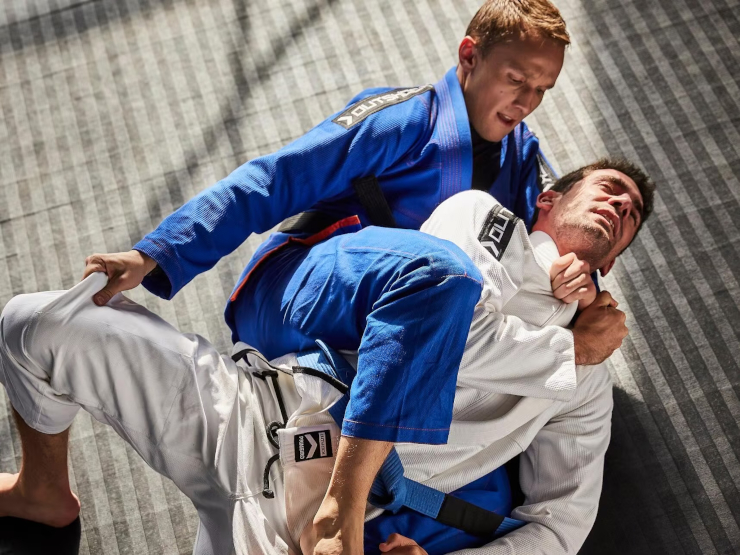

Originating in Brazil, Brazilian Jiu-Jitsu (BJJ) is a martial art focused on grappling and ground techniques. It employs a range of submissions, joint locks, and chokeholds, with the aim of forcing an opponent to submit. BJJ's emphasis on ground fighting makes it particularly effective in one-on-one combat and has led to its widespread use in mixed martial arts (MMA) competitions.
The art's practical applications extend beyond the ring, however, and its grappling techniques make it a popular choice for those interested in self-defense. BJJ's emphasis on leverage, technique, and strategy means that it is possible to subdue an attacker without having to rely on striking, which can be particularly useful in situations where the attacker is physically stronger or larger than the defender.
As a result, BJJ has gained a reputation as an effective and versatile martial art, with a strong focus on practicality and real-world applications.
Muay Thai
Originating in Thailand, Muay Thai is a striking martial art that utilizes powerful strikes using the fists, elbows, knees, and shins. In addition, it features clinching techniques that are used to control opponents in close-range combat. Muay Thai's combination of strikes and clinches has made it a popular choice for those interested in developing their stand-up game and striking power.
The art's emphasis on effective striking techniques and the ability to control an opponent in the clinch has also made it a common choice for MMA fighters. With its roots in Thai culture and tradition, Muay Thai has a strong emphasis on respect, discipline, and mental fortitude, and practitioners often use the art as a means of improving their physical and mental well-being.
PRO Wing Chun Fighter Beats Muay Thai and MMA Fighters in the Cage
In comparison to Muay Thai, Wing Chun is a Chinese martial art that focuses on close-range combat and emphasizes speed, agility, and precision. Rather than relying on powerful strikes, Wing Chun employs a range of strikes and blocks that are designed to redirect an opponent's force and counterattack with quick, precise movements.
The art's emphasis on sensitivity and timing has led to its widespread use in self-defense situations, as Wing Chun practitioners are able to use an opponent's force against them with relative ease.
Wing Chun is also known for its use of trapping techniques, which involve controlling an opponent's arms and limiting their ability to attack. While both Muay Thai and Wing Chun are effective martial arts with their own unique styles and techniques, the two arts differ significantly in their approach to combat and focus on striking versus grappling techniques.
Karate

Karate is a martial art that originated in Okinawa, Japan, and is known for its powerful strikes, including punches, kicks, and knee strikes. Karate practitioners also use a range of blocks, strikes, and kicks to defend themselves and attack opponents. The art emphasizes the development of physical strength, flexibility, and mental discipline, and is often practiced as a means of improving one's overall health and fitness.
In comparison, Wing Chun is a Chinese martial art that emphasizes close-range combat, speed, agility, and precision. Rather than relying on powerful strikes, Wing Chun employs a range of strikes and blocks that are designed to redirect an opponent's force and counterattack with quick, precise movements. Wing Chun is also known for its use of trapping techniques, which involve controlling an opponent's arms and limiting their ability to attack.
While both Karate and Wing Chun are effective martial arts, they differ in several ways. Karate emphasizes strong, powerful strikes and is often focused on developing physical strength and power. In contrast, Wing Chun places more emphasis on agility, speed, and precision, and is designed to be effective even against opponents who are larger or stronger.
Kung Fu vs Karate | Best Real Fights Compilation
Additionally, Karate features a wide range of kicks, punches, and strikes, while Wing Chun relies on a smaller range of techniques that are executed with great precision.

Despite these differences, both Karate and Wing Chun are popular martial arts that offer practitioners an effective means of self-defense and improved physical and mental health. They are also both widely practiced around the world, with many schools and instructors offering classes and training programs for individuals of all ages and skill levels. Whether you are interested in developing your physical strength, improving your self-defense skills, or simply want to stay fit and healthy, both Karate and Wing Chun offer a wealth of benefits and opportunities for growth and development.
Krav Maga
Krav Maga is a self-defense system developed by the Israeli Defense Forces that focuses on practical and efficient techniques to defend against real-world threats. It emphasizes a combination of striking, grappling, and defenses against armed attacks. Krav Maga techniques are designed to be simple and easy to learn, making it an accessible martial art for people of all skill levels.
The system also places a strong emphasis on mental toughness and situational awareness, training students to be able to respond effectively to high-stress situations.
In comparison, Wing Chun is a Chinese martial art that focuses on close-range combat, speed, agility, and precision. It emphasizes quick, precise movements to redirect an opponent's force and counterattack effectively. Wing Chun also utilizes trapping techniques, which involve controlling an opponent's arms and limiting their ability to attack.
While both Krav Maga and Wing Chun are effective martial arts, they differ in several key ways. Krav Maga focuses on practical self-defense techniques that can be used in real-world situations, while Wing Chun is more focused on traditional martial arts principles and techniques. Krav Maga is also designed to be easy to learn and can be practiced by individuals of all skill levels, while Wing Chun requires a significant amount of time and practice to master.
Wing Chun vs MMA & Krav Maga
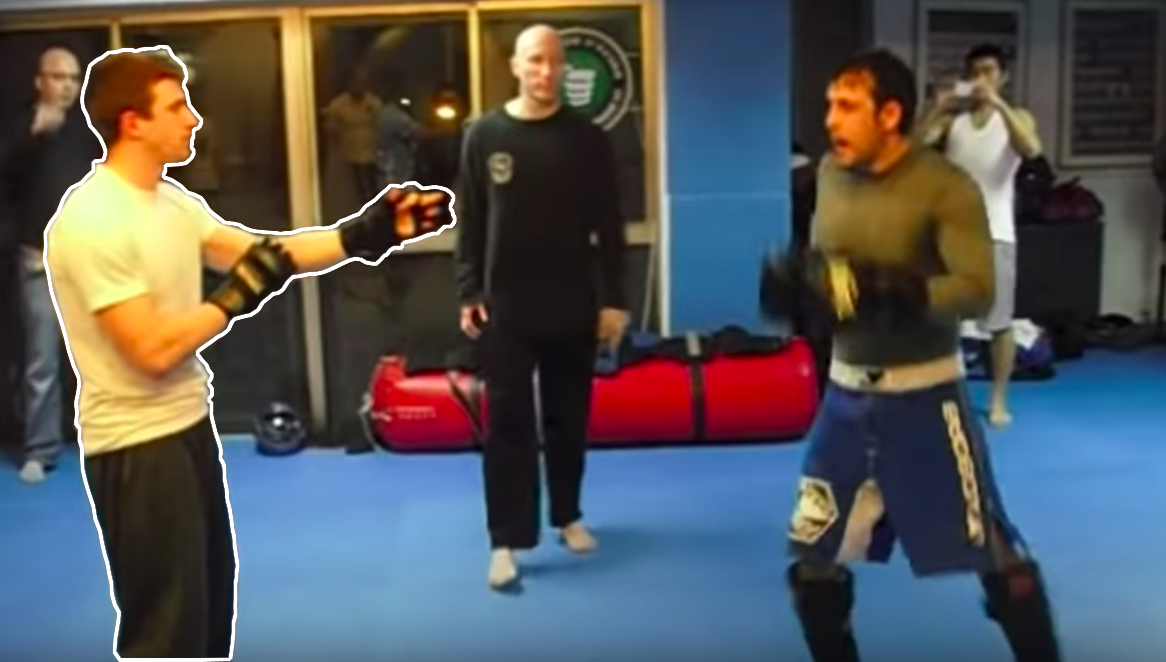
In terms of techniques, Krav Maga emphasizes powerful strikes and grappling techniques, while Wing Chun relies more on quick, precise strikes and blocking techniques. Krav Maga also places a significant emphasis on situational awareness and mental toughness, while Wing Chun focuses more on physical techniques and sensitivity training.
Overall, both Krav Maga and Wing Chun offer effective self-defense techniques and can be useful for individuals looking to improve their physical fitness and self-defense skills. However, the two martial arts differ in their approaches and techniques, and individuals may find one style to be more suitable for their needs and goals than the other.
Boxing
Boxing is a popular combat sport that focuses on punches, footwork, and head movement. It has a long history and has been practiced for centuries as both a sport and a form of self-defense. Boxers are known for their speed, power, and agility, and the sport requires a significant amount of physical fitness and training to master.

In comparison, Wing Chun is a Chinese martial art that focuses on close-range combat, speed, agility, and precision. Wing Chun emphasizes quick, precise movements to redirect an opponent's force and counterattack effectively. It also utilizes trapping techniques, which involve controlling an opponent's arms and limiting their ability to attack.
WIng Chun vs Boxing
While both boxing and Wing Chun are striking martial arts, they differ in several key ways. Boxing focuses primarily on punches, while Wing Chun incorporates a range of strikes and trapping techniques. Boxers rely on footwork to move around the ring, while Wing Chun practitioners focus more on maintaining a stable centerline and quick, efficient movements.
Boxing and Wing Chun also differ in their training methodologies. Boxers often engage in extensive sparring and competition to improve their skills, while Wing Chun places a strong emphasis on sensitivity training and understanding an opponent's movements and intentions.
Overall, both boxing and Wing Chun offer effective striking techniques and can be useful for individuals looking to improve their physical fitness and self-defense skills. However, they differ in their approaches, techniques, and training methodologies, and individuals may find one style to be more suitable for their needs and goals than the other.
Judo

Judo and Wing Chun are both highly respected martial arts that have unique strengths and techniques. Judo is a Japanese martial art that primarily focuses on throws and takedowns, and is designed to use an opponent's strength and momentum against them. It emphasizes using leverage and timing to unbalance an opponent, and then throw them to the ground. Judo practitioners also learn ground techniques to control and submit their opponents once they have been thrown.
Wing Chun, on the other hand, is a Chinese martial art that is designed for close-range combat. It emphasizes quick, efficient strikes and defense techniques that focus on the centerline of the body. Wing Chun practitioners use trapping and blocking techniques to control an opponent's arms and prevent them from attacking. The style also places a strong emphasis on balance and footwork, and emphasizes the use of simultaneous defense and attack.
Wing Chun vs Judo In MMA Match - Qi La La vs Xiao Chun Yao
While there are some similarities between Judo and Wing Chun, they are very different styles of martial arts. Judo is primarily focused on throwing and grappling techniques, while Wing Chun emphasizes striking and defense techniques. Additionally, Judo is primarily focused on one-on-one combat, while Wing Chun was developed to be effective in multiple attacker scenarios.
Another difference between the two martial arts is the philosophy behind their techniques. Judo emphasizes the concept of "maximum efficiency, minimum effort," and teaches practitioners to use an opponent's strength and momentum against them. Wing Chun, on the other hand, emphasizes the concept of "simplicity and directness," and teaches practitioners to use the shortest and most efficient path to defend themselves and attack their opponent.
Overall, both Judo and Wing Chun are highly effective martial arts with unique techniques and strengths. Which style is best for you will depend on your personal goals and preferences, as well as the specific situations in which you plan to use your martial arts skills.
Taekwondo
Taekwondo and Wing Chun are two very different styles of martial arts, each with their own unique techniques and strengths. Taekwondo is a Korean martial art that is primarily focused on kicking techniques, and is known for its fast and powerful kicks. It also includes hand strikes, blocks, and grappling techniques, but these are not emphasized as much as the kicking techniques.
Wing Chun, on the other hand, is a Chinese martial art that is focused on close-range combat. It emphasizes quick, efficient strikes and defense techniques that focus on the centerline of the body. Wing Chun practitioners use trapping and blocking techniques to control an opponent's arms and prevent them from attacking. The style also places a strong emphasis on balance and footwork and emphasizes the use of simultaneous defense and attack.
WATCH: Wing Chun vs Taekwondo in a Street Fight
While there are some similarities between Taekwondo and Wing Chun, they are very different styles of martial arts. Taekwondo is primarily focused on kicking techniques, while Wing Chun emphasizes striking and defense techniques using both the hands and feet. Additionally, Taekwondo is more focused on competition and sparring, while Wing Chun is more focused on self-defense in real-world scenarios.

Another difference between the two martial arts is their approach to training. Taekwondo places a strong emphasis on physical conditioning, with practitioners often engaging in intense workouts to build strength, flexibility, and endurance. Wing Chun, on the other hand, emphasizes the development of internal energy, or chi, through meditation and other practices.
Overall, both Taekwondo and Wing Chun are highly respected martial arts with unique techniques and strengths. Which style is best for you will depend on your personal goals and preferences, as well as the specific situations in which you plan to use your martial arts skills. If you are interested in a more striking-focused martial art that emphasizes close-range combat and self-defense, Wing Chun may be the best choice for you. If you are interested in a more kicking-focused martial art that is often used in competition and sports, Taekwondo may be the better choice.
Kali Escrima
Kali Escrima is a Filipino martial art that has been developed over centuries by the indigenous people of the Philippines. It is also known as Arnis or Eskrima, depending on the specific region of the Philippines where it is practiced. The art is characterized by its use of weapons, specifically sticks and bladed weapons, but also includes empty-hand techniques.
Kali Escrima is a highly practical and effective martial art that emphasizes the use of weapons in self-defense. Its techniques are designed to quickly incapacitate an attacker by using a variety of strikes, locks, throws, and disarms. The art is also known for its footwork and body positioning, which allows practitioners to move quickly and effectively to avoid attacks while positioning themselves for counterattacks.

One of the unique aspects of Kali Escrima is its use of weapons training. Practitioners start with sticks, which are easily available and affordable, before moving on to other weapons such as knives and swords. The training includes both solo and partner drills, which help develop timing, accuracy, and coordination.
In addition to weapon techniques, Kali Escrima also includes empty-hand techniques that allow practitioners to defend themselves when they don't have access to weapons. These techniques include striking, grappling, and joint locks.
Overall, Kali Escrima is a highly practical and effective martial art that emphasizes weapon techniques and self-defense. Its techniques are highly efficient and effective, making it a popular choice for military and law enforcement personnel as well as civilians looking to develop their self-defense skills.
Kick Boxing
Kickboxing is a combat sport that combines elements of boxing with various kicking techniques. It originated in Japan in the 1960s and quickly gained popularity in the West as a form of full-contact martial arts. Kickboxing emphasizes the use of powerful strikes with both the hands and feet, making it an effective martial art for both self-defense and sport.
Unlike Wing Chun, which focuses on close-range combat and defensive techniques, kickboxing emphasizes offensive techniques and long-range combat. Kickboxing practitioners are trained to use their legs for powerful kicks and knee strikes, as well as their fists for punches and elbow strikes. Footwork and movement are also important aspects of kickboxing, with practitioners learning to move quickly and efficiently around the ring while maintaining a strong defensive position.
Wing Chun vs Kickboxing: Wing Chun wins
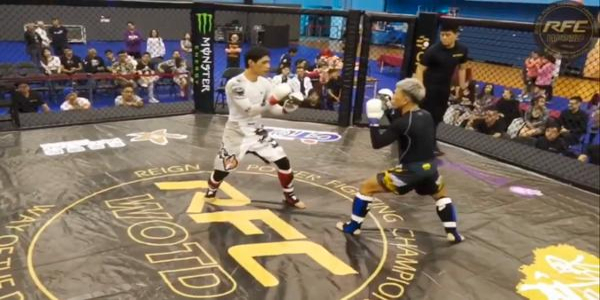
One of the similarities between kickboxing and Wing Chun is the emphasis on training and conditioning. Both martial arts require significant physical conditioning and training to develop the strength, speed, and endurance necessary for effective combat. However, the training methods and techniques used in kickboxing are significantly different from those used in Wing Chun.
Overall, kickboxing and Wing Chun are both effective martial arts, but they differ significantly in their focus and techniques. While kickboxing emphasizes long-range striking and offensive techniques, Wing Chun is more defensive and focused on close-range combat. Both martial arts can be effective for self-defense or competition, depending on the individual's goals and preferences.
Which Martial Art is the Best?
It is not appropriate to say that one martial art is the best, as each one has its unique strengths and weaknesses, and what works for one person may not work for another. The effectiveness of a martial art also depends on the individual's physical abilities, training, and the specific situation they find themselves in.

Different martial arts have different focuses and techniques, such as striking, grappling, joint locks, throws, and submissions. For example, if a person is looking to improve their striking power, they may prefer to study boxing, kickboxing, or Muay Thai. If they are interested in grappling and submissions, Brazilian Jiu-Jitsu or Judo may be more suitable.
Moreover, some martial arts may be more appropriate for certain self-defense situations than others. For instance, Krav Maga is designed specifically for real-world self-defense scenarios, while Wing Chun is more focused on close-range combat.
Which martial art suits better for me?

Determining which martial art suits you best depends on a variety of factors, including your goals, fitness level, and personal preferences. Here are some questions to consider when choosing a martial art:
- What are your goals? Are you looking to learn self-defense, improve your fitness, compete in tournaments, or develop discipline and focus?
- What is your fitness level? Are you in good physical shape, or do you need to improve your strength, flexibility, and endurance?
- What is your preferred learning style? Do you enjoy individual training or group classes? Do you prefer a more traditional or modern teaching approach?
- What is your budget and schedule? How much time and money are you willing to invest in your martial arts training?
Based on your answers to these questions, you can begin to narrow down the options and choose a martial art that suits you best. Here are a few examples:
- If you are looking for a practical self-defense system that emphasizes close-range combat and grappling, Brazilian Jiu-Jitsu or Krav Maga might be good choices.
- If you want to develop your striking power and learn a competitive sport, Muay Thai or kickboxing could be a good fit.
- If you value discipline and tradition, karate or judo might be a good choice.
- If you are interested in a versatile martial art that emphasizes both offense and defense, Wing Chun or Kali Escrima could be a good fit.

Ultimately, the best way to determine which martial art is right for you is to try out different classes and see which one feels the most natural and enjoyable.
Thank you. Your comment will be approved shortly.
Comments
Thank you. Your comment will be approved shortly.
Thank you. Your comment will be approved shortly.
Thank you. Your comment will be approved shortly.
Thank you. Your comment will be approved shortly.
Thank you. Your comment will be approved shortly.


